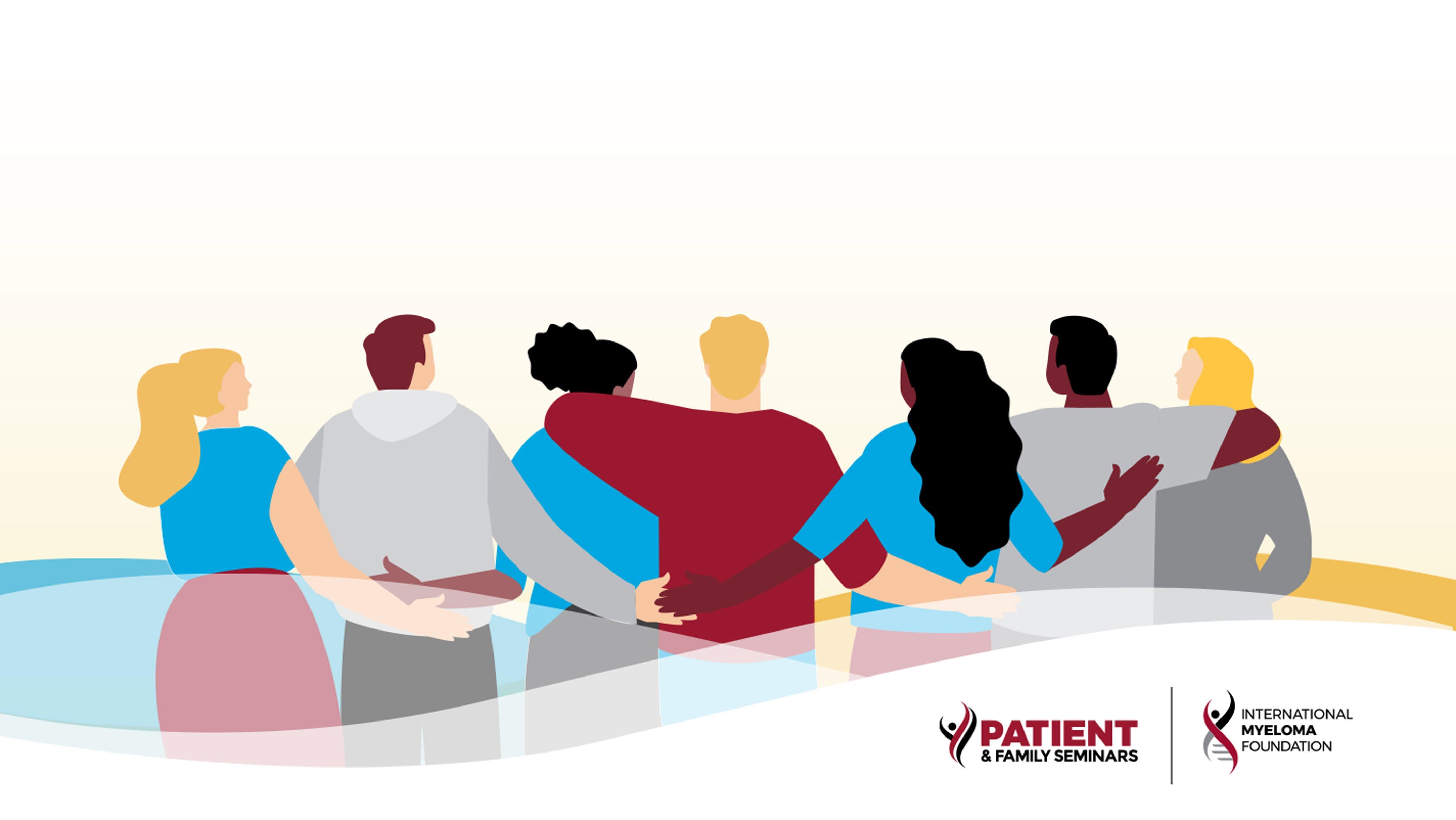

Los Angeles Patient and Family Seminar
Friday, August 18, 2023
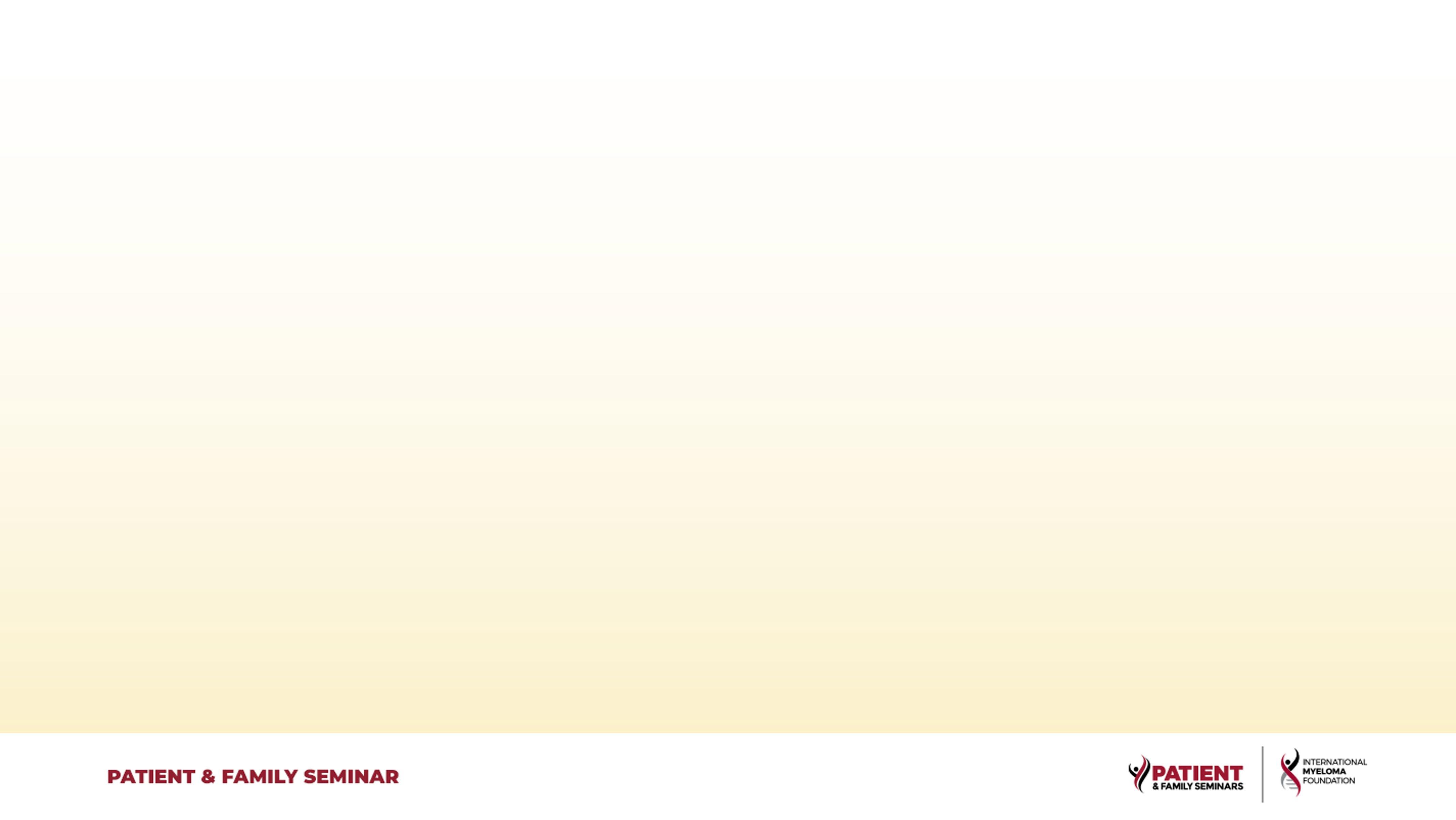
Thank you to our Sponsors!






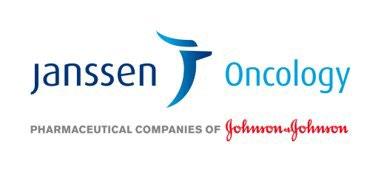




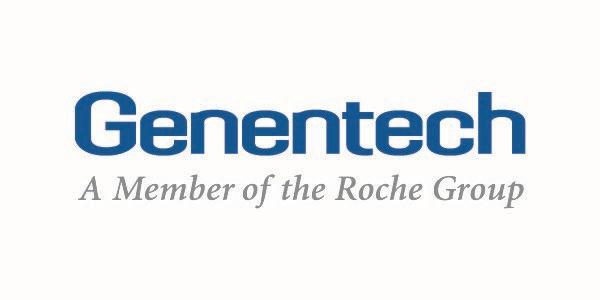
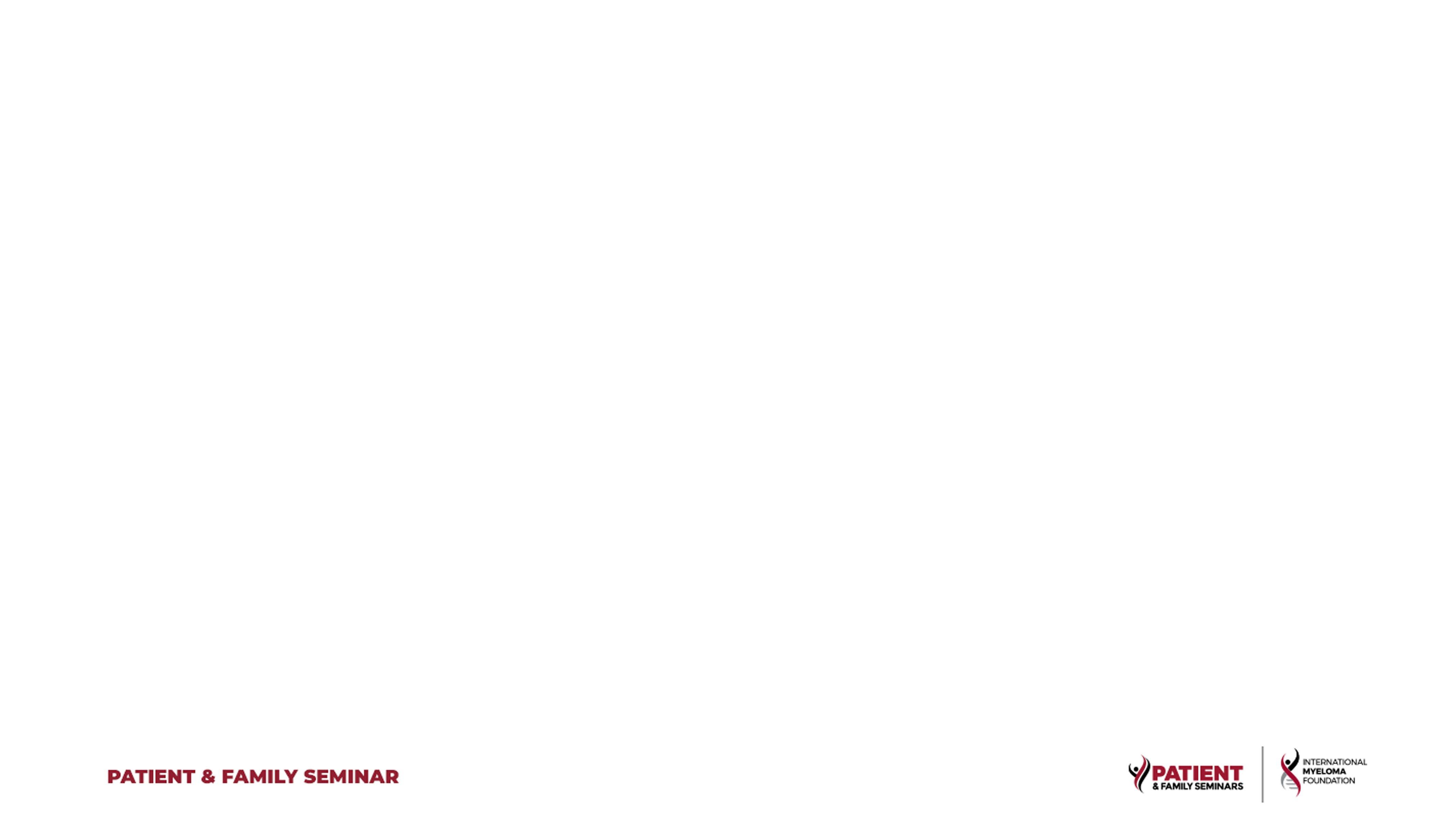




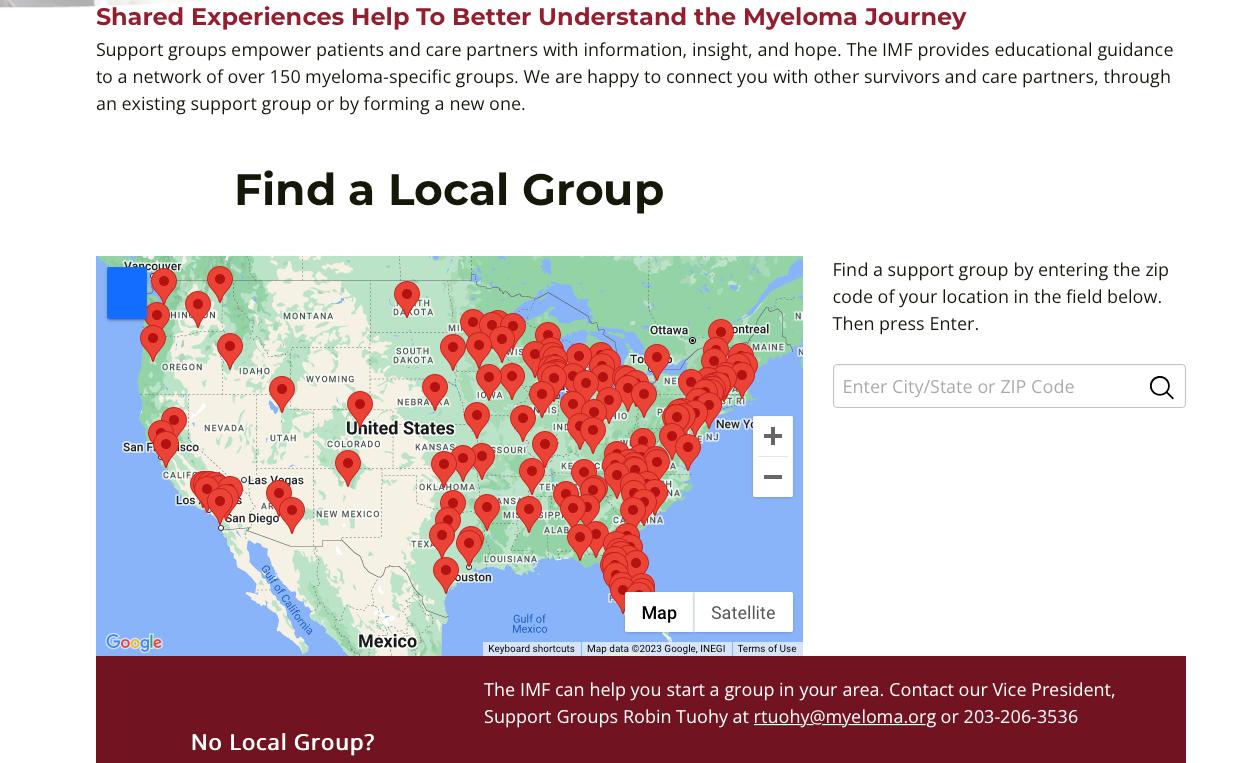
1:00 – 1:05PM
Friday Agenda
Introduction and Housekeeping
Robin Tuohy, Vice President, Support Groups, International Myeloma Foundation

1:05– 1:20 PM
Welcome Announcements
Yelak Biru, MSc., Myeloma Patient, President and CEO of International Myeloma Foundation
1:20 – 2:35 PM
Ask-the-Experts - Open Forum Discussion with
Brian Durie, MD, Chairman of the Board & Chief Scientific Officer of International Myeloma Foundation & Robert Vescio, MD, Cedars Sinai, Samuel Oschin Cancer Center
2:35 – 3:00 PM
3:00 – 3:45 PM
BREAK
Taking the Reins of Your Multiple Myeloma Care – includes Q&A
Donna Catamero, ANP-BC, OCN, CCRC, Icahn School of Medicine at Mount Sinai
3:45 – 4:00 PM
4:00 – 4:45 PM
Q&A
Next Generation Testing and Decision Making
Brian Durie, MD, Chairman of the Board & Chief Scientific Officer of International Myeloma Foundation
4:45 – 5:00 PM
5:00 – 5:15PM
Q&A
How You Can Make a Positive Impact in Our Myeloma Community

Ilana Kenville, Director of Development, Events
Miles for Myeloma Producer, International Myeloma Foundation
5:15 – 6:45 PM
Welcome Reception
Welcome Announcements
Yelak Biru
Patient, President & CEO of the International Myeloma Foundation
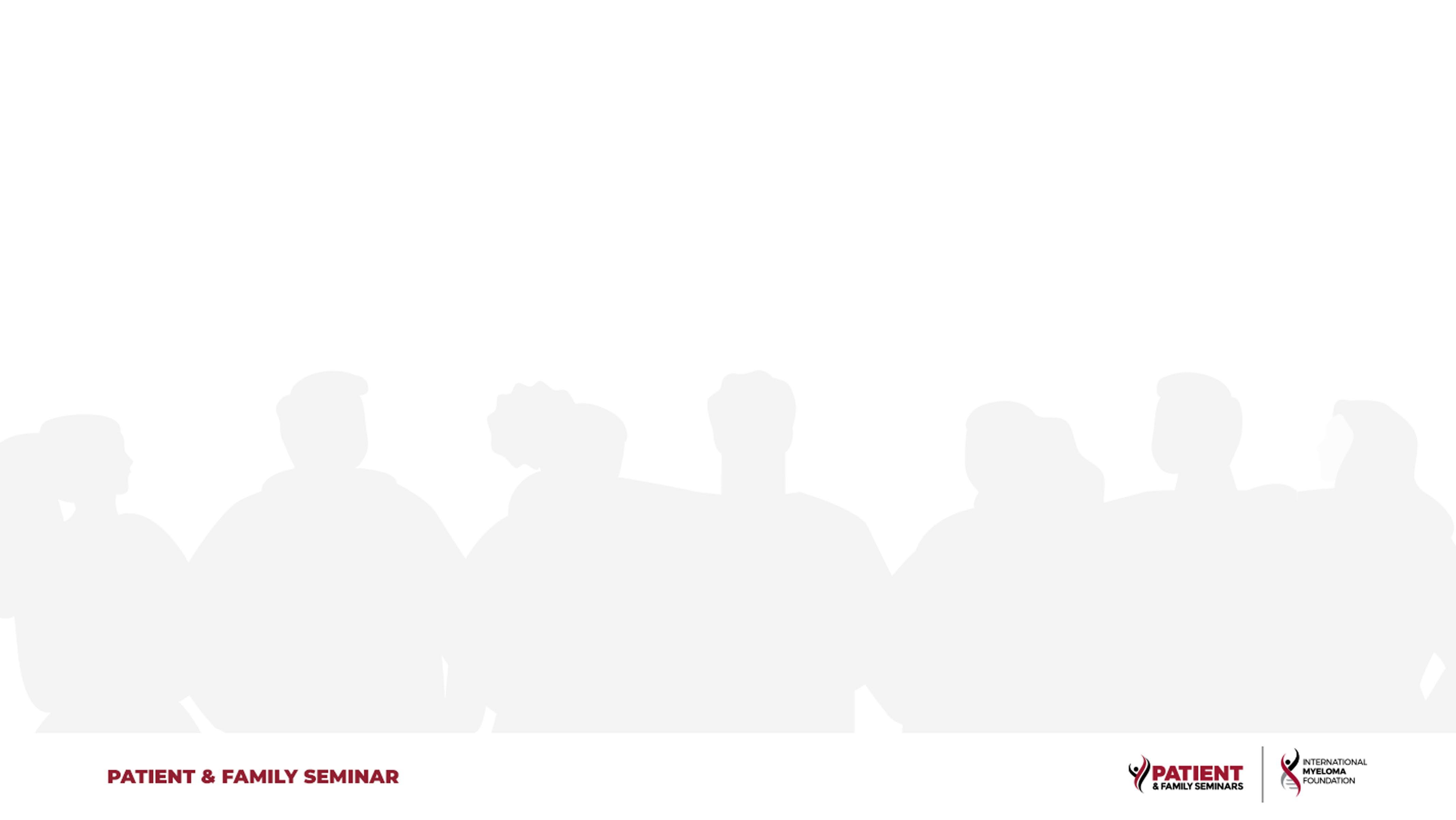 Myeloma
Myeloma
Ask-The-Experts
Open Forum Discussion
Cedars-Sinai, Samuel Oschin Cancer Center
 Brian G.M. Durie, MD
Chairman of the Board & Chief Scientific Officer of International Myeloma Foundation
Robert Vescio, MD
Brian G.M. Durie, MD
Chairman of the Board & Chief Scientific Officer of International Myeloma Foundation
Robert Vescio, MD
BREAK

Thank you to our Sponsors!














Taking The Reins of Your Multiple Myeloma Care
Mount Sinai Hospital New York, NY
 Donna D. Catamero, ANP-BC, OCN, CCRC
IMF Nurse Leadership Board Member
Donna D. Catamero, ANP-BC, OCN, CCRC
IMF Nurse Leadership Board Member
Today’s Topics
STABLE OF TREATMENT
FINDING YOUR GAIT
GOING THE DISTANCE
STABLE OF TREATMENT


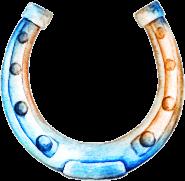
Myeloma and treatment options, side effects, symptom management, & supportive care
FINDING YOUR GAIT

Know your care team, telehealth & meeting prep, & shared decision making
GOING THE DISTANCE
Healthful living, infection prevention, renal and bone health
Stable of Treatment
Treatment options, side effects, symptom management, and supportive care

Treatment Goals
Myeloma Therapies
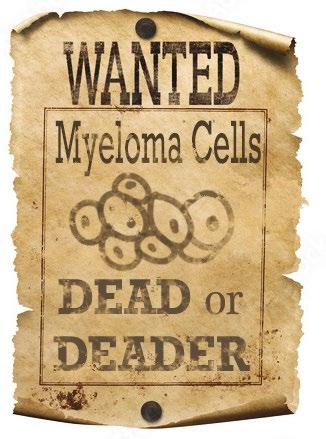

• Rapid and effective disease control
• Durable disease control
• Improved overall survival
• Minimize side effects
• Allow good quality of life
Supportive Treatment
• Prevent disease- and treatmentrelated side effects
• Optimize symptom management
• Allow good quality of life
Discuss goals and priorities with your healthcare team.
Stable of Treatment Options
-Mibs -MAbs -Mides Steroids Alkylators
FRONTLINE Velcade® (bortezomib)
Darzalex® (daratumumab)
Thalomid® (thalidomide)
Revlimid® (lenalidomide)
ImmunoTherapy Others
Cellular Therapies
Dexamethasone
Prednisone
Prednisolone
SoluMedrol
Melphalan
Cyclophosphamide
MAINTENANCE
Velcade® (bortezomib)
Ninlaro® (ixazomib)
Darzalex® (daratumumab)
- ECOG clinical trial
Revlimid® (lenalidomide)
RELAPSE
PENDING FDA APPROVAL
Kyprolis® (carfilzomib)
Ninlaro® (ixazomib)
Darzalex® (daratumumab)
Empliciti® (elotuzumab)
Sarclissa® (Isatuximab)
Thalomid® (thalidomide)
Revlimid® (lenalidomide)
Pomalyst® (pomalidomide)
• CelMods
‒ Iberdomide
‒ CC-92480
Dexamethasone
Prednisone
Prednisolone
SoluMedrol
Melphalan
Cyclophosphamide
Bendamustine

Tecvayli™ (Teclistamab)
• Bispecific Antibodies
‒
Xpovio® (Selinexor)
Doxil (liposomal doxorubicin)
ASCT
NOTED SIDE
EFFECTS Neuropathy
Carfilzomib: Cardiac Infusion reaction DVT/PE See steroid slide
Myelosuppression
Talquetamab
‒ Cevostamab
• Antibody Drug
Conjugates*
‒ Belantamab mafodotin
CRS and neurotoxicity; infection risk;
Blenrep: Keratopathy
Venclexta® (venetoclax)
Myelosuppression, GI
Selinexor: Low sodium
ASCT
CAR-T cell therapy
Ide-Cel
Cilta-Cel
Other CAR-T
Infection risk
CAR-T: CRS and neurotoxicity
CAR T: A New Treatment Approach
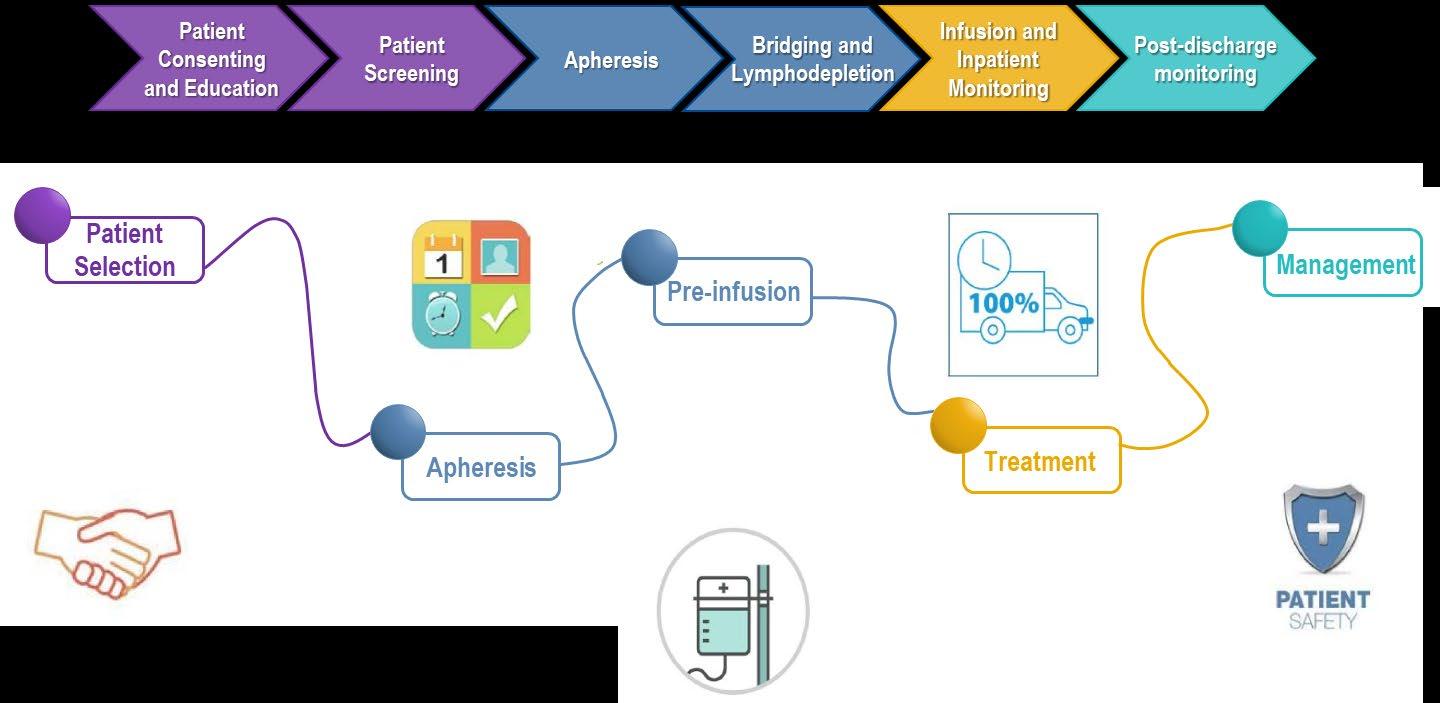
STABLE OF TREATMENT

FINDING YOUR GAIT
GOING THE DISTANCE
CAR T: Tips
• Ask for a referral to CAR T-cell therapy center before relapse

– Insurance preauthorization required (weeks, maybe longer)
– Must have sufficient blood count and organ function to be eligible
– Must be able to wait or have bridging therapy

– Manufacturing CAR T-cell therapy is limited: center-specific “wait list” processes


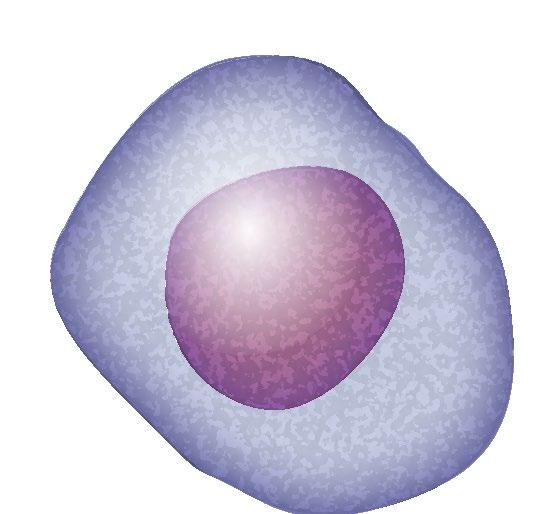
• In patient for ≈ 1 week when CAR T administered
• Patients need a caregiver and must stay within proximity of CAR T-cell therapy center for ≈ 1 month
• No driving for 8 weeks
• One and done…BUT will need ongoing monitoring; some patients need transfusion support
• CRS, neurotoxicity, or infection are possible side effects

Horse of Another Color:
Bispecific Antibodies also Target BCMA
• Different bispecific antibodies have differences in efficacy, side effects

– About 7 in 10 patients responded
– CRS is common
– Some had skin/nail disorders
• Tecvayli™ (teclistamab) is the first but more expected
• Off-the-shelf treatment; no waiting for engineering cells


• Route of administration and dosing schedule will vary depending on product
• CRS, neurotoxicity, or infection are possible side effects
BISPECIFIC ANTIBODIES
Cytotoxic cytokines

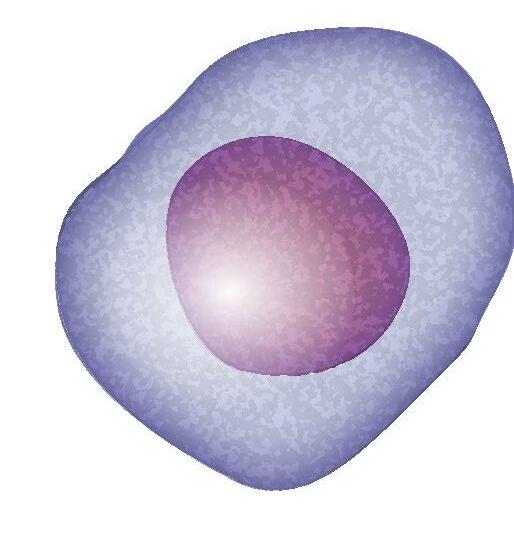
Bispecific antibody
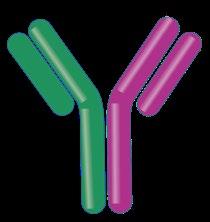


MM cell death
BCMA = B-cell maturation antigen; CAR = chimeric antigen receptor; MM = multiple myeloma; scFV = single chain fragment variable.
Shah N, et al. Leukemia. 2020;34(4):985-1005. Yu B, et al. J Hematol Oncol. 2020;13:125.
CAR T and Bispecific Antibodies: Unique Side Effects

Shortness of Breath
CRS is a common but usually mild side effect
CAR T and Bi-specific Antibodies: Unique Side Effects
Neurotoxicity is a rare but serious side effect

CAR T and Bi-specific Antibodies: Unique Side Effects

Both viral and bacterial
Up to a 3rd of patients on clinical trials has grade 3 infections
Increased risk of serious COVID complications despite history of vaccination
Antibody levels monthly
Immediate treatment once diagnosed Nirmatrelvir with Ritonavi (Paxlovid)
Start as soon as possible; must begin within 5 days of when symptoms start
Infection Awareness & Prevention
Infection Prevention Tips
Good personal hygiene (skin, oral)
COVID: The Best Way to Prevent Illness Is
to Avoid Being Exposed to the Virus
Spread mainly through respiratory droplets that are produced by cough, sneezing and talking. More droplets with louder talking, yelling, singing

Environmental control (wash hands, avoid crowds and sick people, etc)
Growth factor (Neupogen [filgrastim])
Immunizations (NO live vaccines)
Medications (antibacterial, antiviral)
As recommended by your health care team
• Get COVID Vaccine + Booster: Excellent protection against severe disease, but vaccine effectiveness may be lower in people with compromised immune systems
• Wear a High-quality Mask: Respiratory droplets can spread disease; a high-quality mask can prevent exposure to airborne viral particles
• Avoid Crowds & Sick People
• Physical Distance & Outdoors: Close contact and indoor locations increases risk of spread
• Wash Your Hands: Less common to get from a hard surface
• Report fever of more than 100.4°F, shaking chills even without fever, dizziness, shortness of breath, low blood pressure to HCP as directed.
• Compromised immune function comes from multiple myeloma and from treatment.
• Infection is serious for myeloma patients!
Infection Guidelines
Type of prophylaxis
Recommendation(s)
HSV/VZV Standard prophylaxis recommended for all patients with MM
PJP
Opportunistic infections have been noted with bispecific agents and CAR T therapy; consider PJP prophylaxis
Bacterial & Fungal Standard prophylaxis recommended for ANC < 500 cells/μL
COVID-19 Consider monoclonal antibody therapy for patients receiving BCMA -bispecifics or CAR T therapy; based on institution-specific protocols

Hypogammaglobulinemia IVIg for IgG < 400 mg/dL or recurrent infections
GCSF 2 or 3 times/wk (or as frequently as needed) to maintain ANC > 1000 cells/μL and maintain dose intensity
BCMA = B-cell maturation antigen; GCSF = granulocyte colony-stimulating factor; HSV = herpes simplex virus; IVIg = intravenous immunoglobulin; PJP = Pneumocystis jirovecii pneumonia;
VZV = varicella zoster virus
Supportive Care to Address Side Effects
Don’t change horses midstream

• It is important to stay on myeloma treatment to control myeloma cells and get the most from each treatment.
• Responses deepen over time.
• Talk to your team if side effects are bothersome. Your team may be able to help, but only if they know.
Non-medication
Symptoms of Multiple Myeloma
A meta-analysis identified the most common patient-reported symptoms and their impact on QOL. Symptoms were present at all stages of disease. Symptoms resulted from both disease and treatment, including transplant, and were in these categories:
Physical
• Fatigue
• Constipation
• Pain
• Neuropathy
• Impaired Physical Functioning
• Sexual Dysfunction

Psychological
• Depression
• Anxiety
• Sleep Disturbance
• Decreased Cognitive Function
• Decreased Role & Social Function
Financial
• Financial burden (80%)
• Financial toxicity (43%)
Ramsenthaler, et al. 2016. https://doi.org/10.1111/ejh.12790.
Steroids: The Good, The Bad, The Ugly
Steroid Synergy
• Steroids are a backbone and work in combination to enhance myeloma therapy

Managing Steroid Side
Effects
• Consistent schedule (AM vs. PM)
• Take with food
• Stomach discomfort: Over-the-counter or prescription medications
• Medications to prevent shingles, thrush, or other infections
Steroid Side Effects
• Irritability, mood swings, depression
• Difficulty sleeping (insomnia), fatigue
• Blurred vision, cataracts
• Flushing/sweating
• Increased risk of infections, heart disease
• Stomach bloating, hiccups, heartburn, ulcers, or gas
• Muscle weakness, cramping
• Increased blood pressure, water retention
• Weight gain, hair thinning/loss, skin rashes
• Increased blood sugar levels, diabetes
GI Symptoms: Prevention & Management
Diarrhea may be caused by medications and supplements
Avoid caffeinated, carbonated, or heavily sugared beverages
Take anti-diarrheal medication if recommended
Constipation may be caused by medications and supplements
Increase fiber
• Fruits, vegetables, high fiber whole grain foods
• Fiber binding agents – Metamucil®, Citrucel®,
Benefiber®
Fluid intake can help with both diarrhea and constipation and helps kidney function. Discuss GI issues with health care providers to identify causes and make adjustments to medications and supplements.

Pain Prevention and Management
Pain can significantly compromise quality of life
Sources of pain include bone disease, neuropathy and medical procedures
• Management –
Prevent pain when possible
• Bone strengtheners to decrease fracture risk; anti viral to prevent shingles; sedation before procedures
–
Interventions depends on source of pain
–
May include medications, activity, surgical intervention, radiation therapy, etc
–
Complementary therapies (Mind-body, medication, yoga, supplements, acupuncture, etc)

–
Scrambler therapy for neuropathy
Tell your health care provider about any new bone pain or chronic pain that is not adequately controlled.
Peripheral Neuropathy Management
Peripheral neuropathy:
Damage to nerves in extremities (hands, feet, or limbs)
• Numbness
• Tingling
• Prickling sensations
• Sensitivity to touch
• Burning and/or cold sensation
• Muscle weakness
Prevention / management:
• Bortezomib once-weekly or subcutaneous administration
• Massage area with cocoa butter regularly
• Supplements:
– B-complex vitamins (B1, B6, B12)
– Folic acid, and/or amino acids but do not take on day of Velcade® (bortezomib) infusion
• Safe environment: rugs, furnishings, shoes

If neuropathy worsens, your provider may:
• Change your treatment
• Prescribe oral or topical pain medication
• Suggest physical therapy
Report symptoms of peripheral neuropathy early to your health care provider; nerve damage from neuropathy can be permanent if unaddressed.
Why the Long Face?

98.8%
Fatigue is the most commonly reported symptom. Sources include anemia, pain, reduced activity, insomnia, treatment toxicity, bone marrow suppression

>35% of patients
~25% of patients
Often, people do not share these symptoms with their provider. Talk to your provider about symptoms that are not well controlled or if you have thoughts of self harm. Help is available.
Rest and Relaxation Contribute to Good Health
• Adequate rest and sleep are essential to a healthful lifestyle
– Shortened and disturbed sleep increase risk of
– Heart related death
– Increase anxiety
–
Weakened immune system
–
Worsened pain
– Falls and personal injury
• Things that can interfere with sleep
–
Medications: steroids, stimulants, herbal supplements
–
Psychologic: fear, anxiety, stress
–
Physiologic: sleep apnea, heart issues, pain

Sleep hygiene is necessary for quality nighttime sleep and daytime alertness
– Engage in exercise but not too near bedtime
– Increase daytime natural light exposure
– Avoid daytime napping
– Establish a bedtime routine - warm bath, cup of warm milk or tea
• Associate your bed ONLY with sleep
• Sleep aid may be needed
– Avoid before bedtime:
• Caffeine, nicotine , alcohol and sugar
• Large meals and especially spicy, greasy foods
• Computer screen time
Rod NH et al 2014. PloS one. 9(4):e91965; Coleman et al. 2011. Cancer Nurs. 34(3):219-227.National Sleep Foundation. At: http://sleepfoundation.org/ask-the-expert/sleep-hygiene
Mustian et al. Journal of clinical Oncology. Sep 10 2013;31(26):3233-3241; Stan DL, et al. Clin J Oncol Nurs. Apr 2012;16(2):131-141; Zeng Y et al., Complementary therapies in medicine. Feb 2014;22(1):173-186.
Financial Burden
• Financial burden comes from
• Medical costs
– Premiums
–
Co-payments
–
Travel expenses
–
Medical supplies
• Prescription costs
• Loss of income
–
Time off work or loss of employment
–
Caregiver time off work
• Funding and assistance may be available
–
Federal programs
–
Pharmaceutical support
–
Non-profit organizations
– Websites:
• Medicare.gov
• SSA.gov
• LLS.org
• Rxassist.org
• NeedyMeds.com
• HealthWellFoundation.org
• Company-specific website

Finding Your Gait
Be an empowered patient; engage in your care

Don’t Ride Alone
YOU are central to the care team
Be empowered
• Ask questions, learn more
• Participate in decisions
Primary Care Provider (PCP)
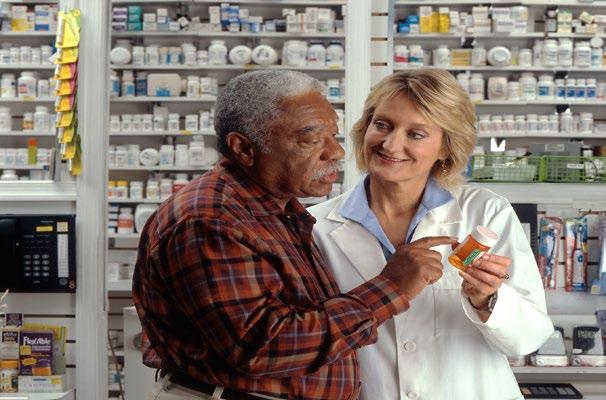




Communicate with your team
• Understand the roles of each team member and who to contact for your needs
• Participate in support network
Subspecialists
General Hem/Onc
Myeloma Specialist










You and Your Care Partner(s) Support Network



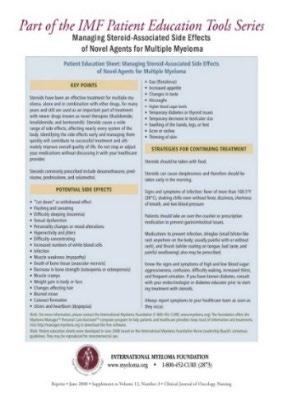
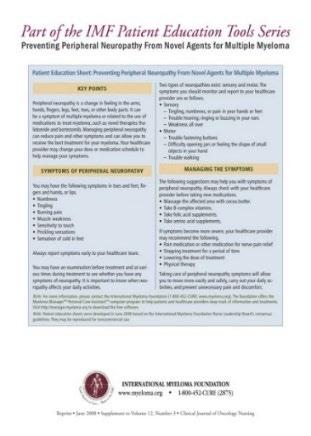
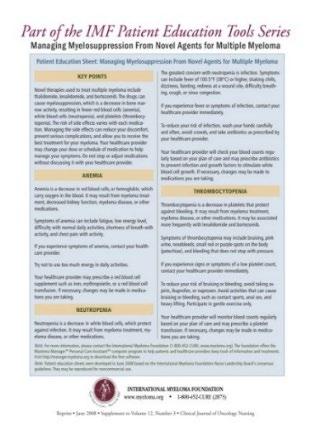
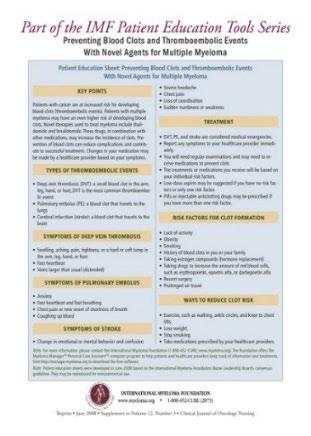
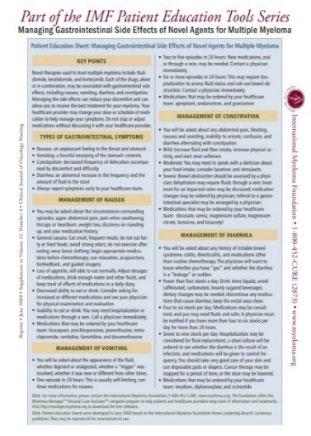
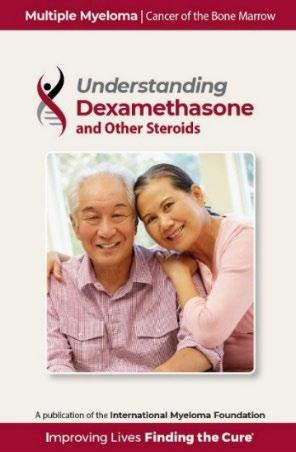
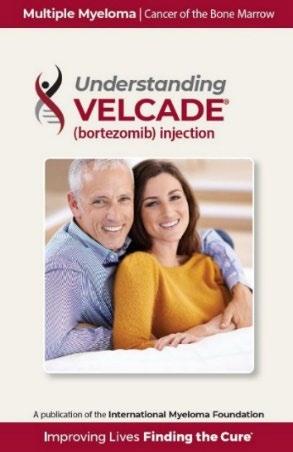
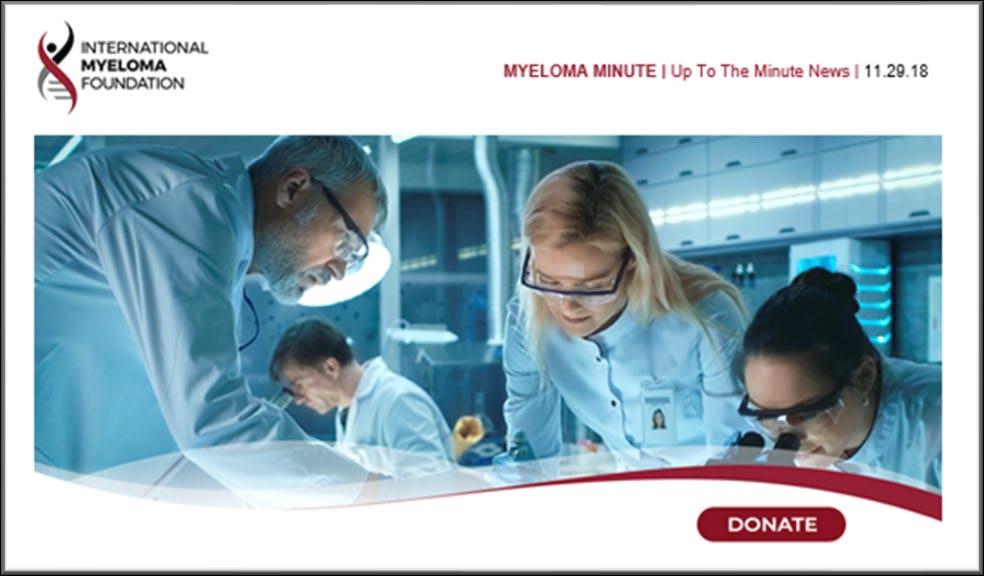
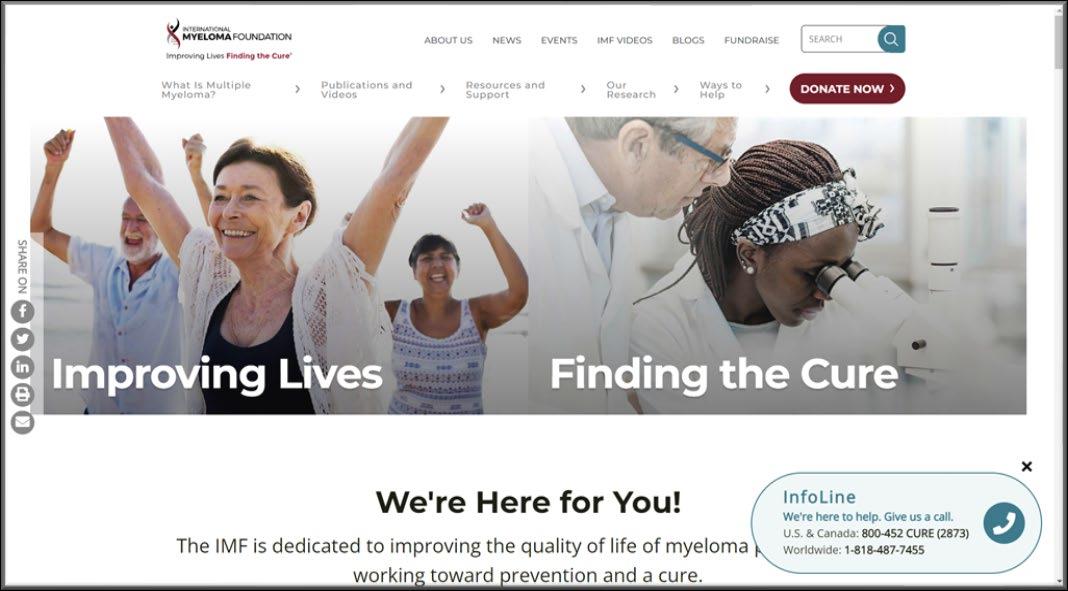

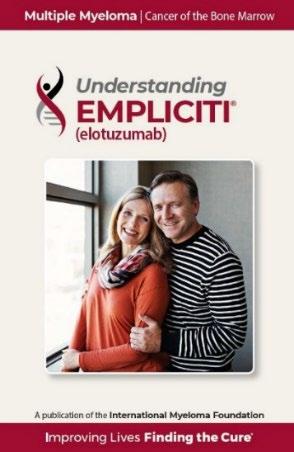
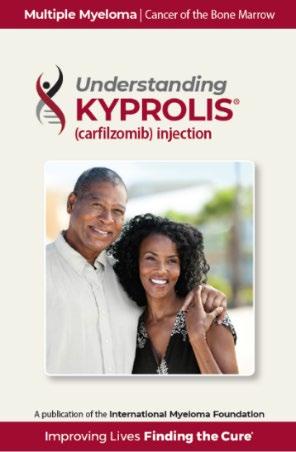
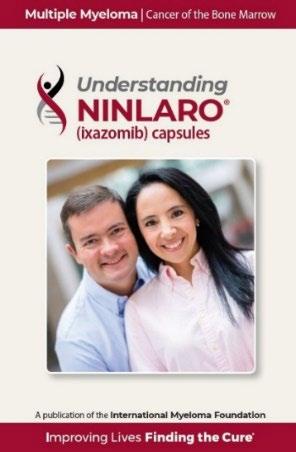
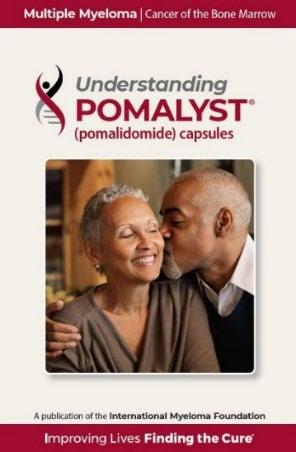
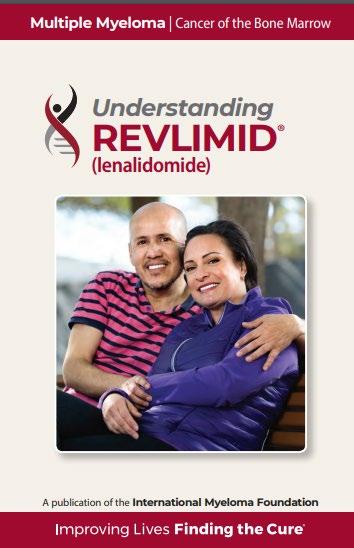
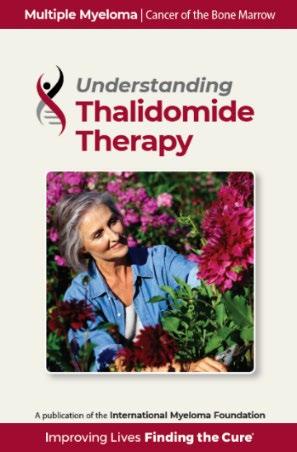
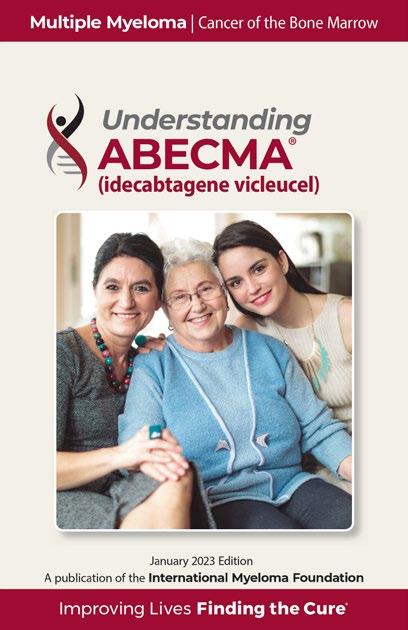
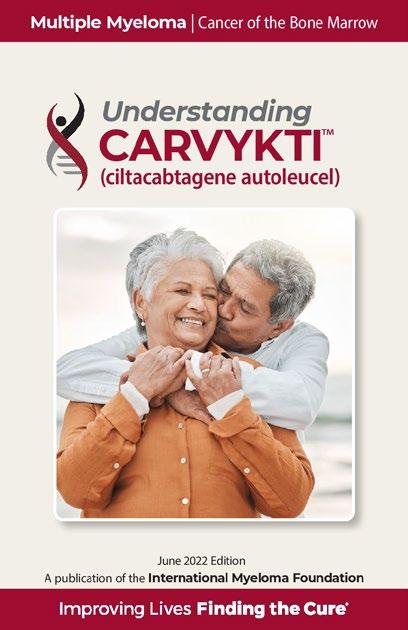
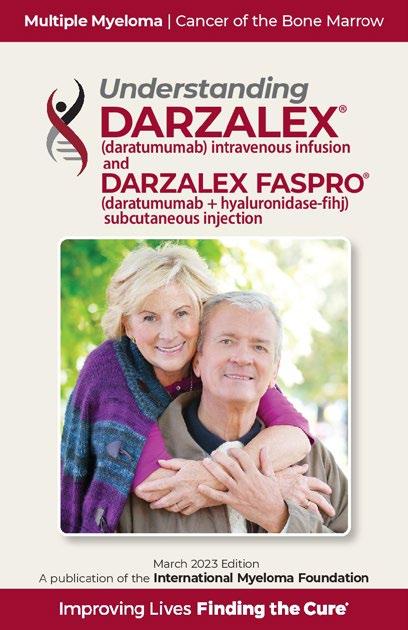
Going the Distance
Healthful living, infection prevention, renal and bone health

Healthful Living Strategies: Prevention
Maintain renal health

• Myeloma management
• Hydration
• Avoid renally-toxic medications
– Dose adjust to renal function
• Diabetes management
Protect your bones
• Nutrition, Calcium + D supplement
• Weight-bearing activity and/or walking
• Bone strengthening agents
Manage stress
• Rest, relaxation, sleep hygiene
• Mental health / social engagement
• Complementary therapy
Preventative health care
• Health screenings, vaccinations
• Prevent falls, injury, infection
• Stop smoking
• Dental care
Maintain a healthy weight
• Nutrition
• Activity / exercise
An ounce of prevention is worth a pound of cure.
Benjamin FranklinFaiman B, et al. CJON. 2017;21(5)suppl:19-36. Dimopoulous M, et al. Leukemia. 2009;23(9):1545-56. Brigle K, et al. CJON. 2017;21(5)suppl:60-76. Faiman B, et al. CJON. 2017;21(5)suppl:19-36. Faiman B, et al. CJON. 2011;15suppl:66-76. Miceli TS, et al. CJON. 2011;15(4)suppl:9-23.
Healthful Living Strategies: Keep Active
Movement therapies can reduce stress, promote sleep
Yoga, Pilates, Tai Chi
• Shown to improve sleep and sleep
quality
• Improved quality of life & mood
Do:
• Keep a log or journal of your activity
• Notify your healthcare provider about sudden onset of pain, progressive weakness, headaches, blurred vision, numbness, and tingling

• Dehydration can lead to low blood pressure, falls
• Consider weightlifting limits
Do Not:
• Overdo it
• Force exercise
• Try things without discussing with provider Boullosa
Myeloma bone disease may affect your ability to do certain movement activities. Review your activity interests with your health care provider!
Q&A

Nurse Leadership Board
In 2006, the IMF founded the Nurse Leadership Board® as a professional partnership to represent oncology nurses who are experts in the care of multiple myeloma patients at leading medical centers. The NLB is improving the nursing care and self-care of patients with multiple myeloma via publications, symposia, multimedia, and research.
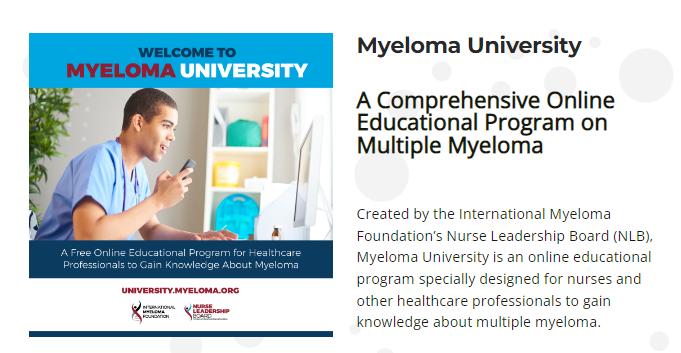



Next Generation Testing and Decision Making
Brian G.M. Durie, MD Chairman of the Board & Chief Scientific Officer of International Myeloma Foundation
Next Generation Testing and Decision Making

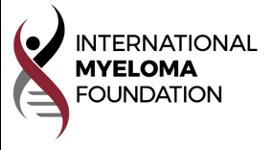
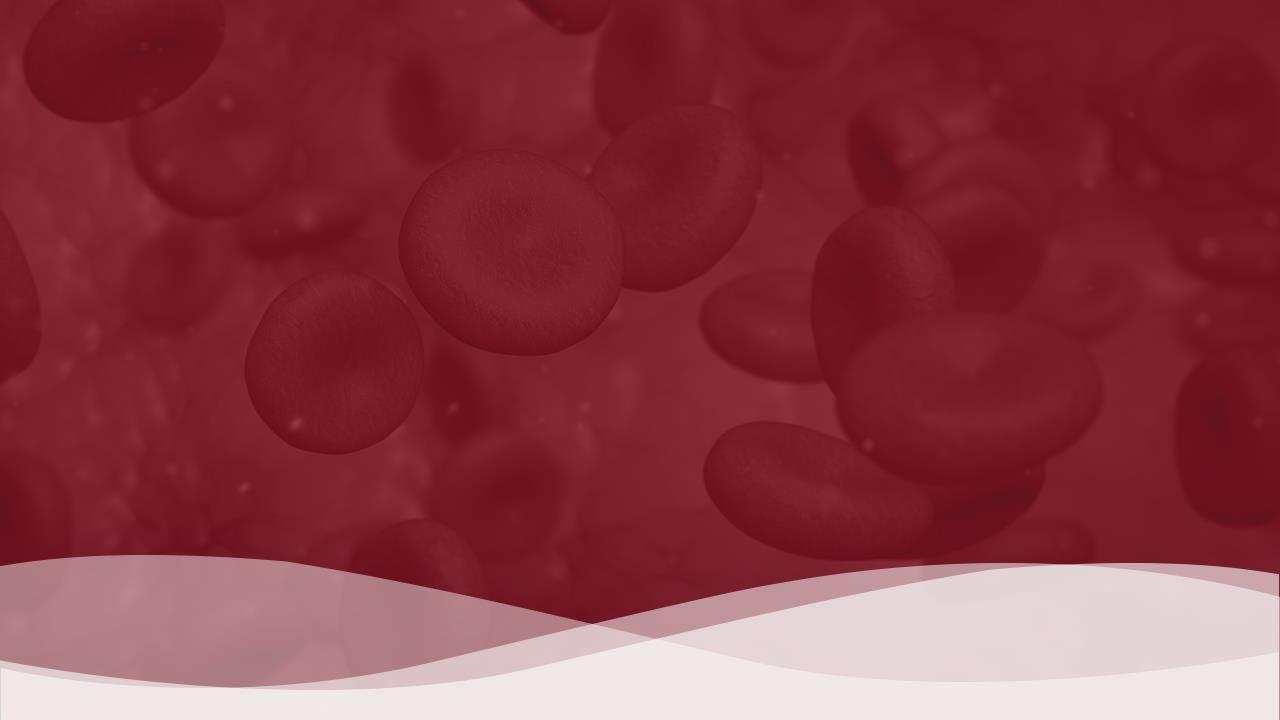
August 18, 2023

Myeloma Care in 2023 & Beyond


Basics unchanged
Much NEW not yet Standard of Care (SOC)

Knowledge is Power
Still KEY Mantra
Developed by IMF Founder & Director of Global Patient Initiatives



Susie Novis Durie
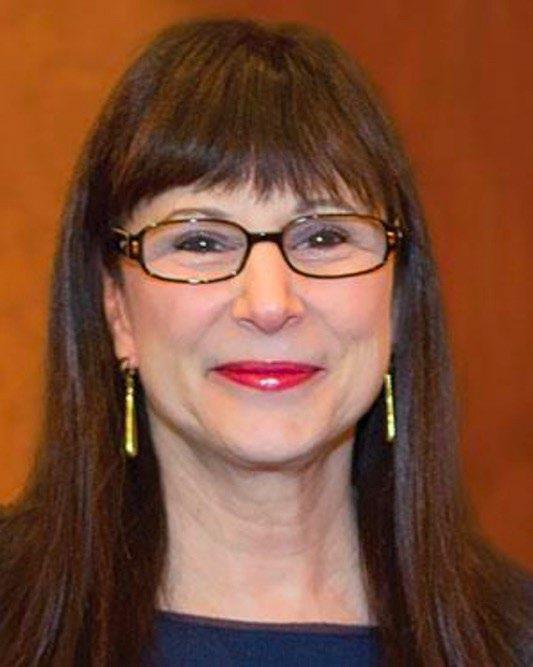
FOCUS on IN-PERSON LEARNING

KEY TESTS
Serum Protein Electrophoresis (SPEP) Test Results
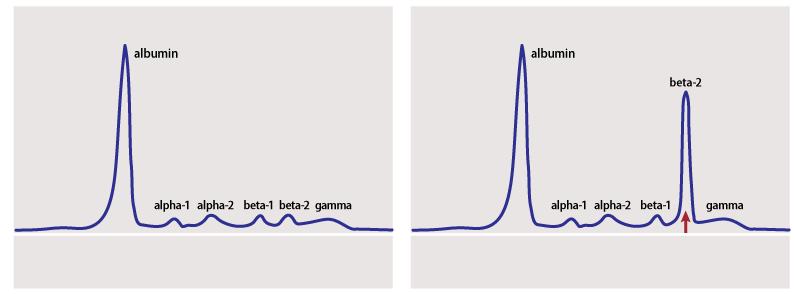

NORMAL
ABNORMAL M-PROTEIN (Spike)

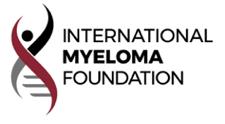
KEY TESTS

Bone Marrow Myeloma Cells
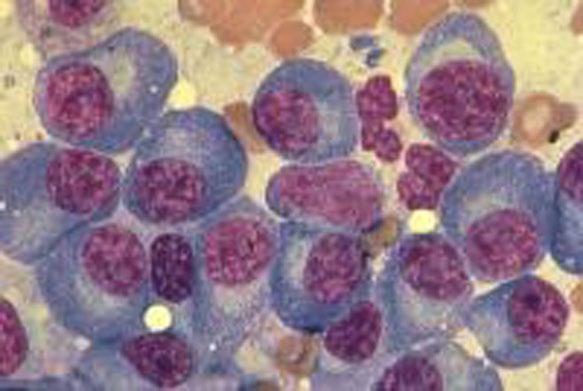
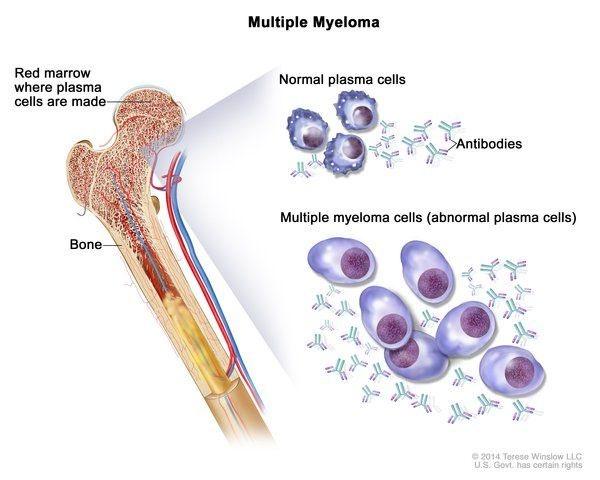


Disease Impact: Documenting CRAB Criteria
C –
Calcium Increased: serum calcium
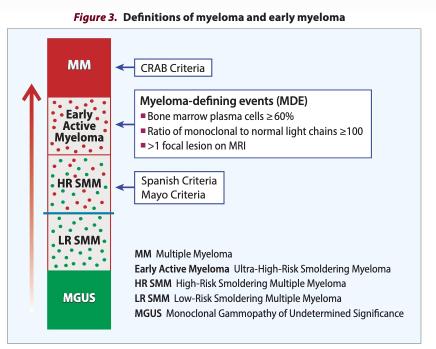
R –
Renal (Kidney) Problem: Creatinine
A –
Anemia: Hemoglobin


B –
Bone Issues – X-RAY, CT, MRI, PET

Advanced MM Emergencies
Hypercalcemia

Renal Failure
Severe Anemia

Major Bone Destruction + Severe Infections

FiSH and Imaging
Bone marrow FiSH identifies HIGH-RISK MYELOMA
MRI and PET/CT show BONE and SOFT TISSUE MM
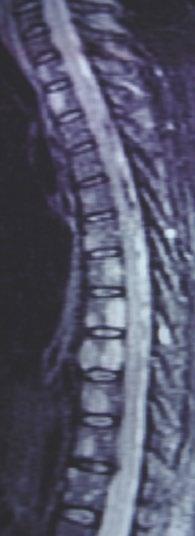
Colored spots show translocations: t(11;14) FiSH – Fluorescent
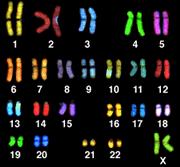
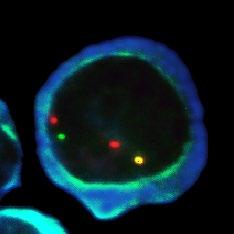
ybridization F = Focal D










https://www.myeloma.org/videos/imaging-studies-or-scans-should-myeloma-patients-undergo
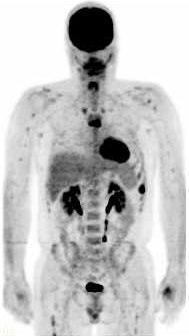

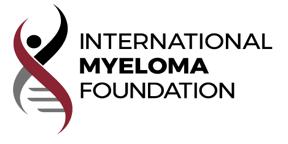

Extramedullary Disease (EMD) on PET/CT Scanning
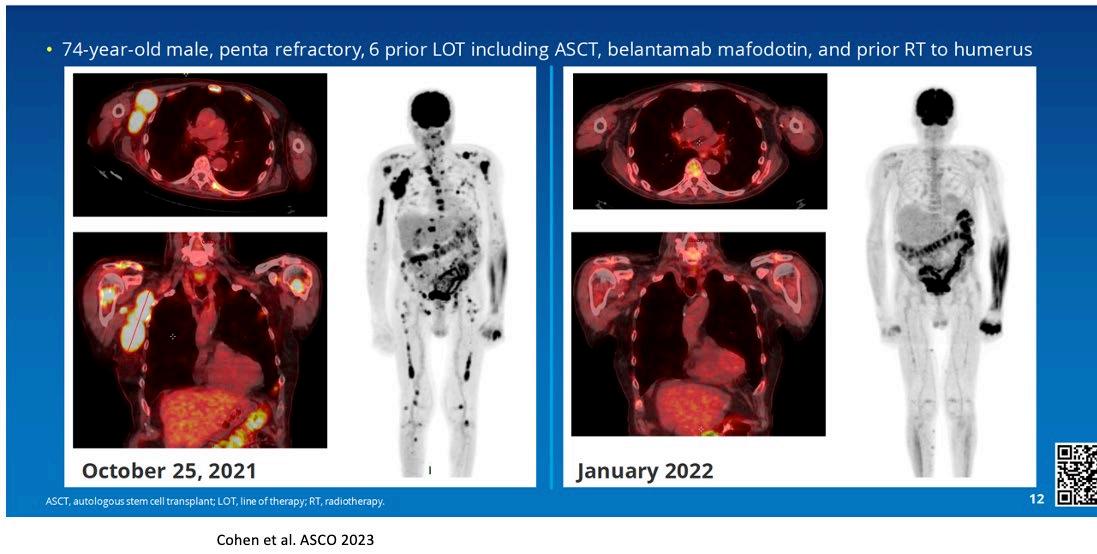


annning
Disappearance of EMD with double bispecific therapy (BCMA and GPRC5D)

Myeloma Defining Events (MDE)

PATIENTS WITHOUT CRAB FEATURES

Bone Marrow Myeloma Cells >= 60%

FREELITE ratio >= 100
Imaging > one lesion
Myeloma Disease Evolution



BEST TESTING
SCREENING
BEST INTERVENTIONS/TREATMENTS

HR SMM Patients: 2/20/20 System

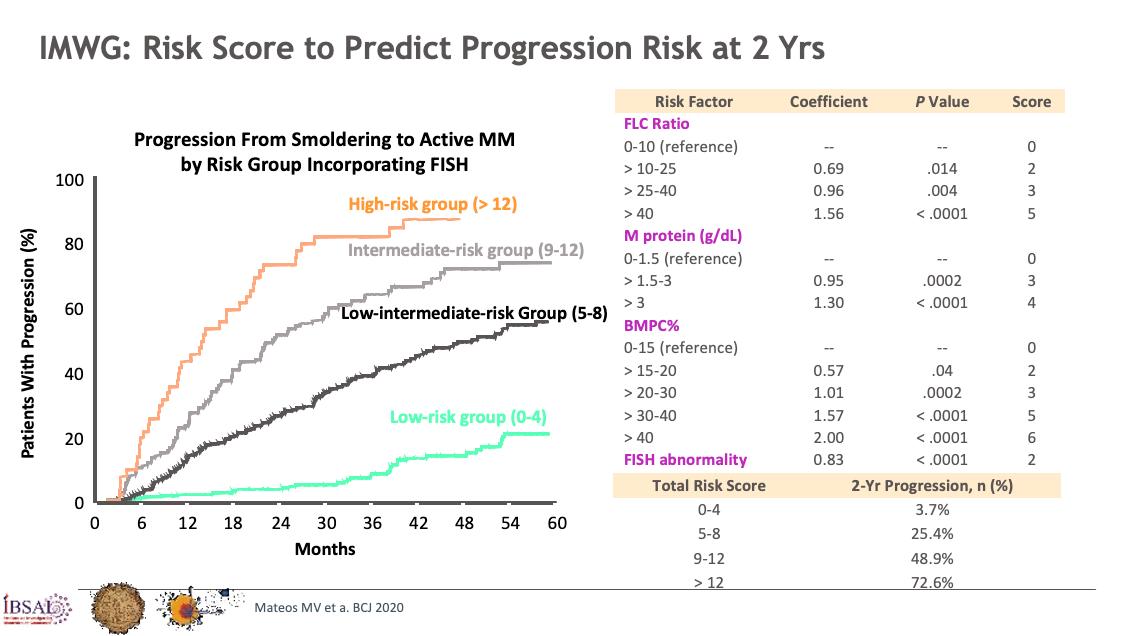


Next Generation Approaches Approaches
NEW TECHNIQUES FOR DIAGNOSIS AND MONITORING
Mass Spectrometry
Next Generation Flow Cytometry (NGF)



MASS SPECTROMETRY
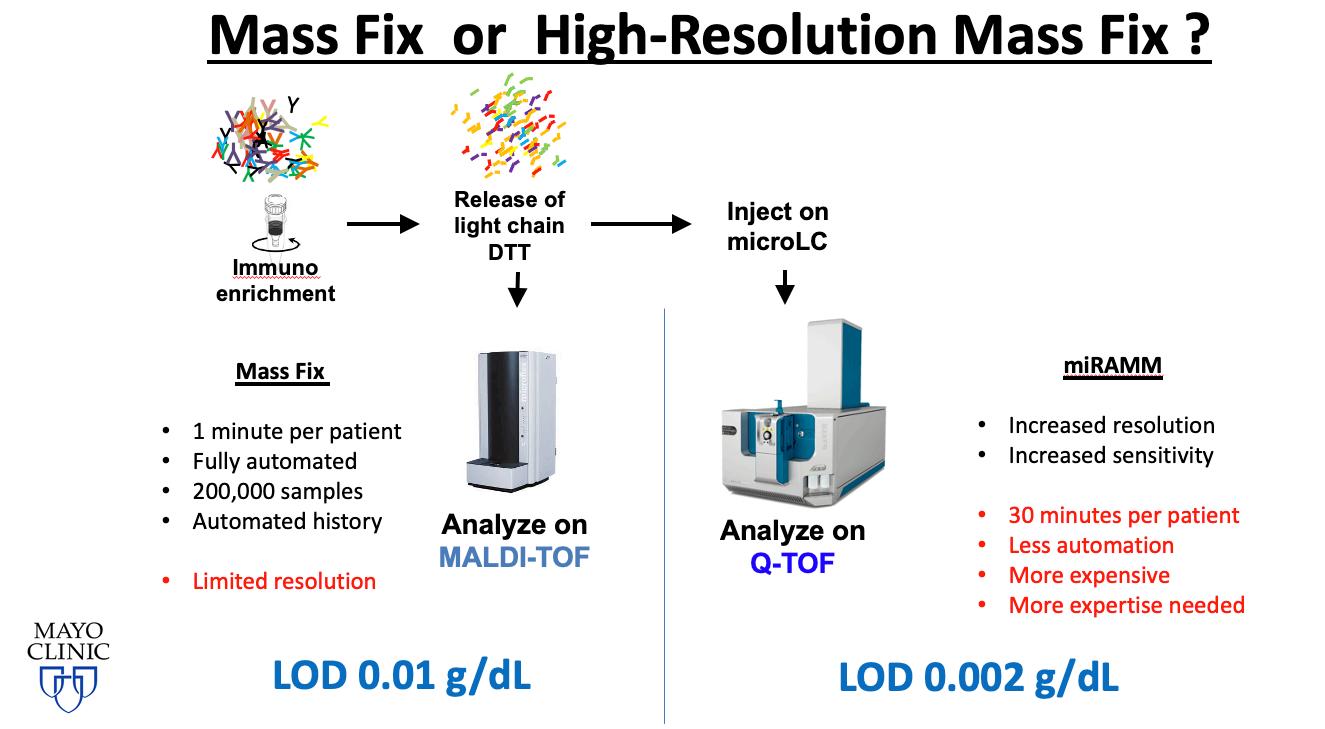



MASS SPECTROMETRY

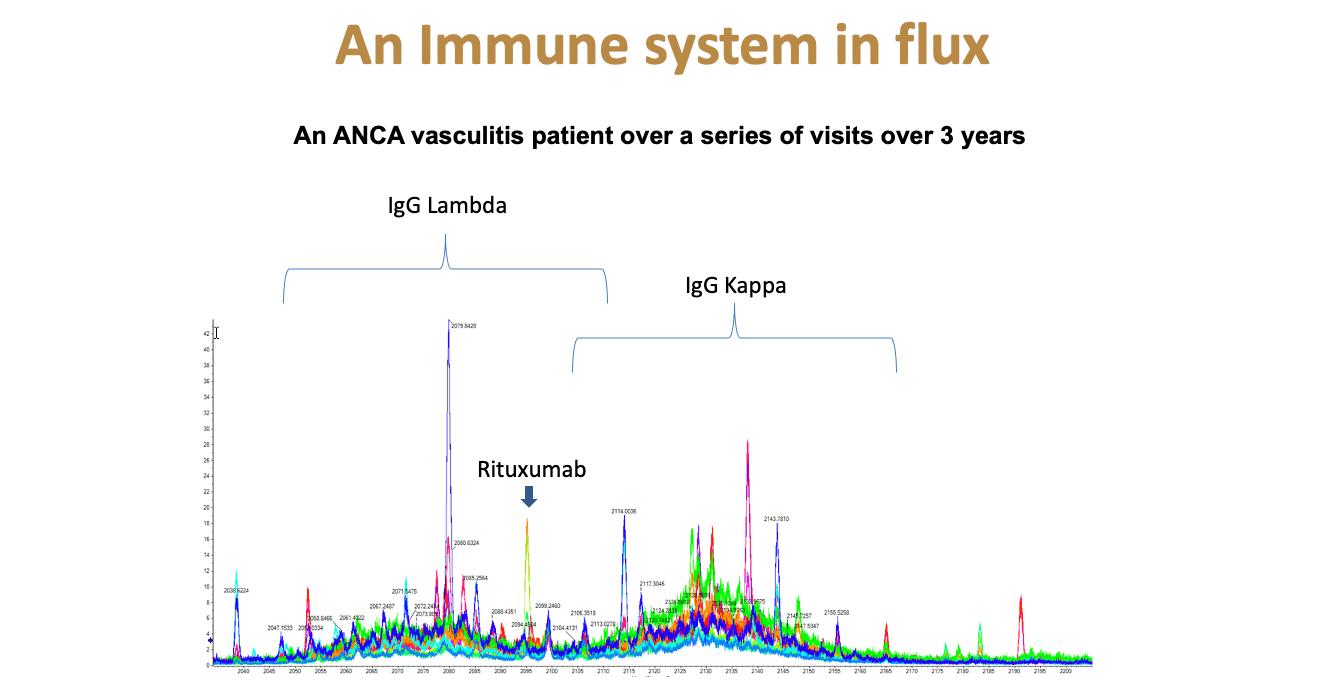


MASS SPECTROMETRY


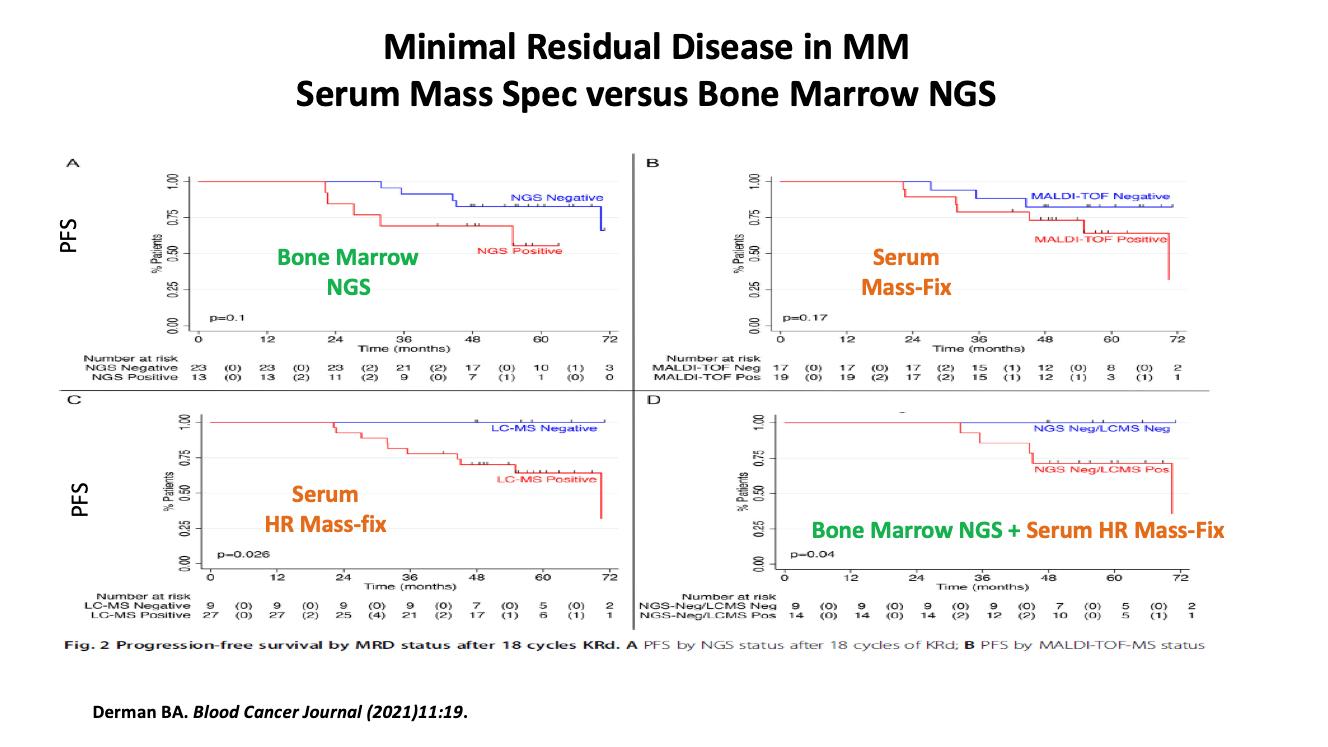

NEXT GENERATION FLOW CYTOMETRY (NGF)
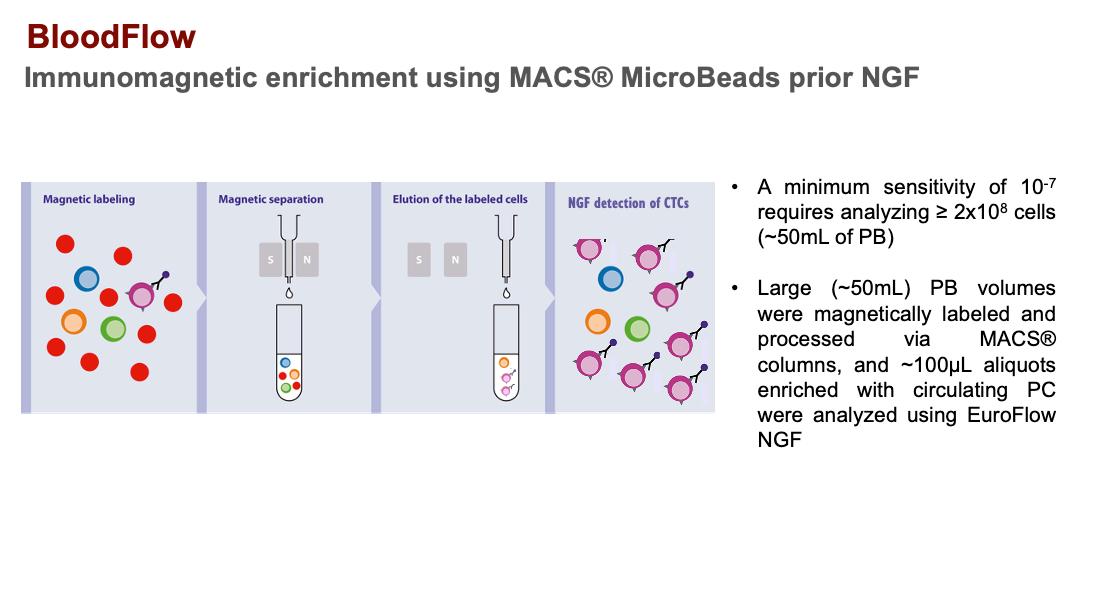



BloodFlow vs NGF in PB
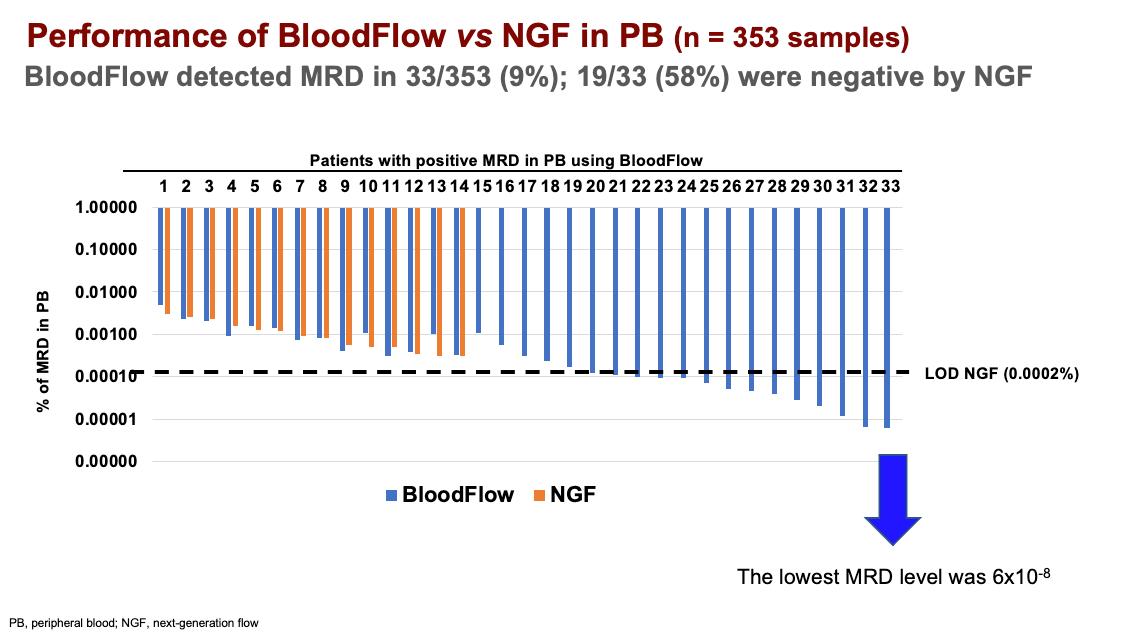



MRD Assessment in PB Using BloodFlow

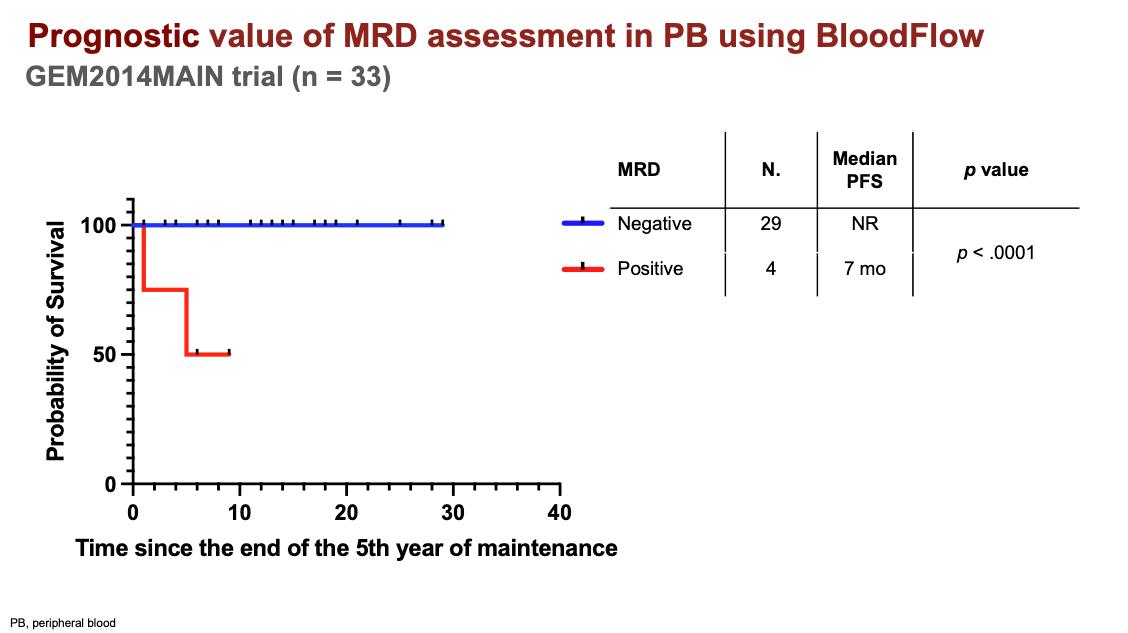


Getting to the Bottom of the Iceberg

MRD Negative cutoff
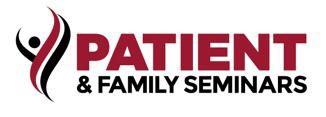
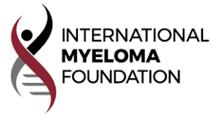

??? Start of CURE level
Goal in Current Trials/Q-TOF?
Only feasible with BloodFlow
Timeline for Next Generation Tests

Myeloma Cells

MANAGEMENT GUIDELINES REQUIRED FOR BOTH

Understanding CURE
True CURE – Sustained Negativity at 10-8/Q-TOF Neg

Functional CURE
NGF/NGS 10-4
–
ZERO MYELOMA BUT ?? UNDETECTED

NGF/NGS 10-5
BONE MARROW Immune Microenvironment

NGF/NGS 10-6
NOT Normal – Will ZERO be SUSTAINED at 5/10/15 YEARS?
NGF/NGS 10-7
NGF BLOOD 10-8
Treatment Decisions
Talk to your doctor
NGF/NGS 10-4
Get a second opinion if questions are NOT answered (Susie’s mandate)
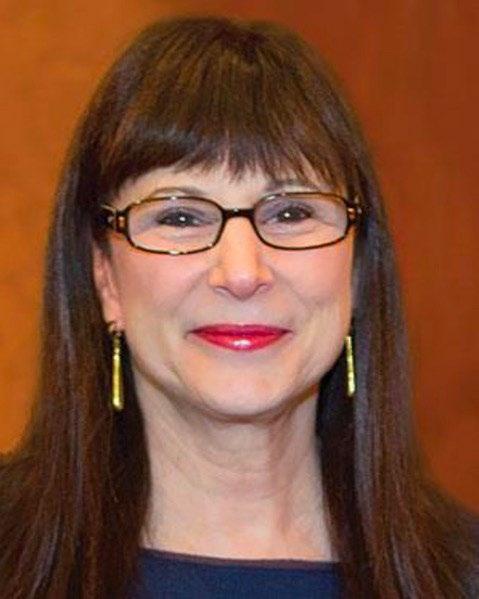
NGF/NGS 10-5

NGF/NGS 10-6
Work with local support group
NGF/NGS 10-7
Involve your Personal Support Team


NGF BLOOD 10-8





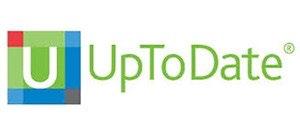
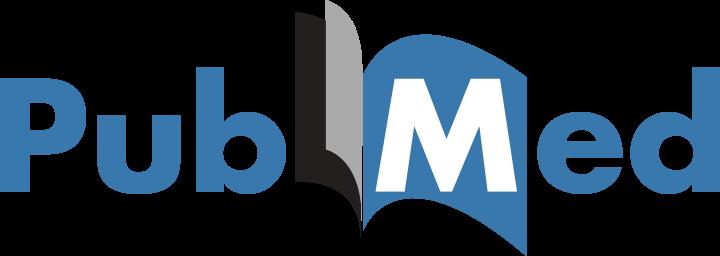
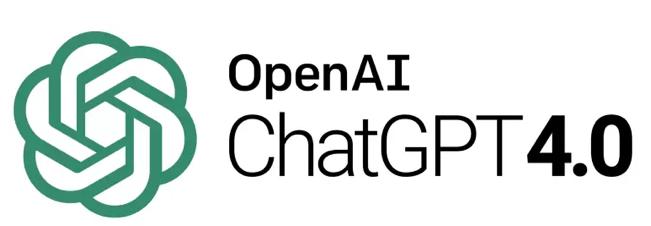
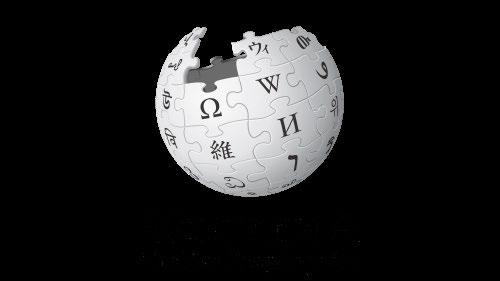
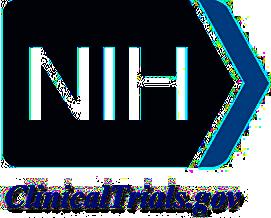
Next Generation PLANS

Most Testing & Decision Processes UNCHANGED
NGF/NGS 10-4
NGF/NGS 10-5
NGF/NGS 10-6
New Tests and Data Searching NOT READY FOR PRIMETIME STAY

NGF/NGS 10-7
NGF BLOOD 10-8



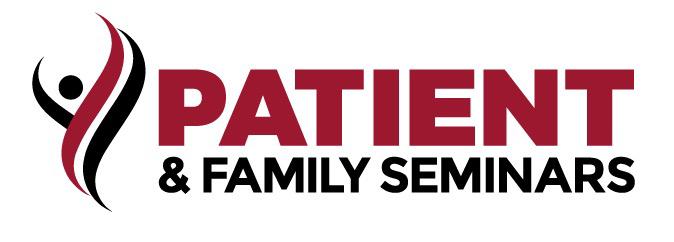
Q&A

How You Can Make a Positive Impact in Our Myeloma Community

Ilana Kenville
Director of Development, Events
Miles For Myeloma Producer, International Myeloma Foundation
How YOU Can Make A Positive Impact In Our Myeloma Community



Pillars of the IMF
Education Support Advocacy Research




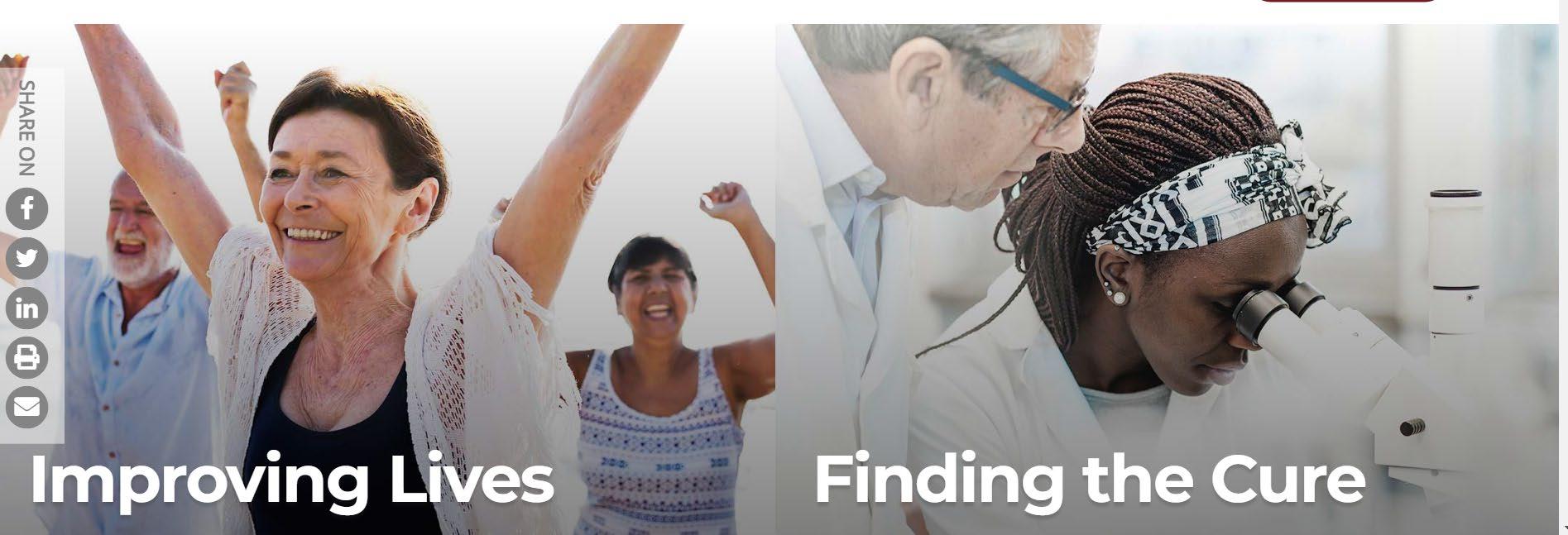

Education

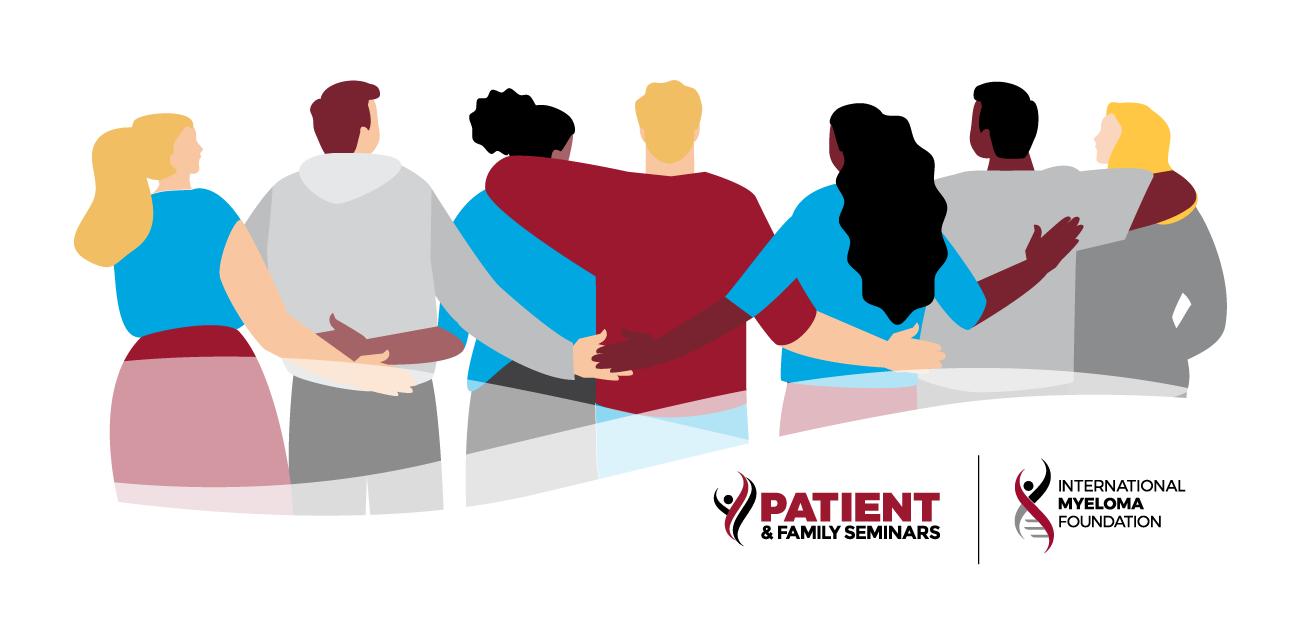

You Are Here



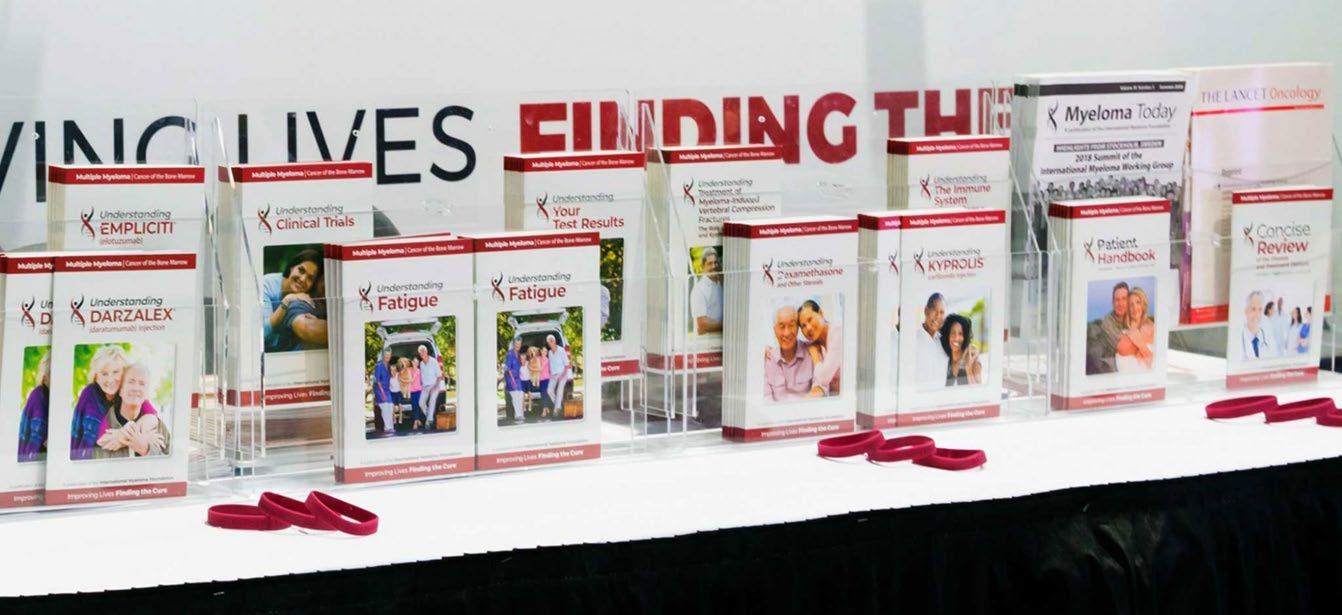
Advocacy

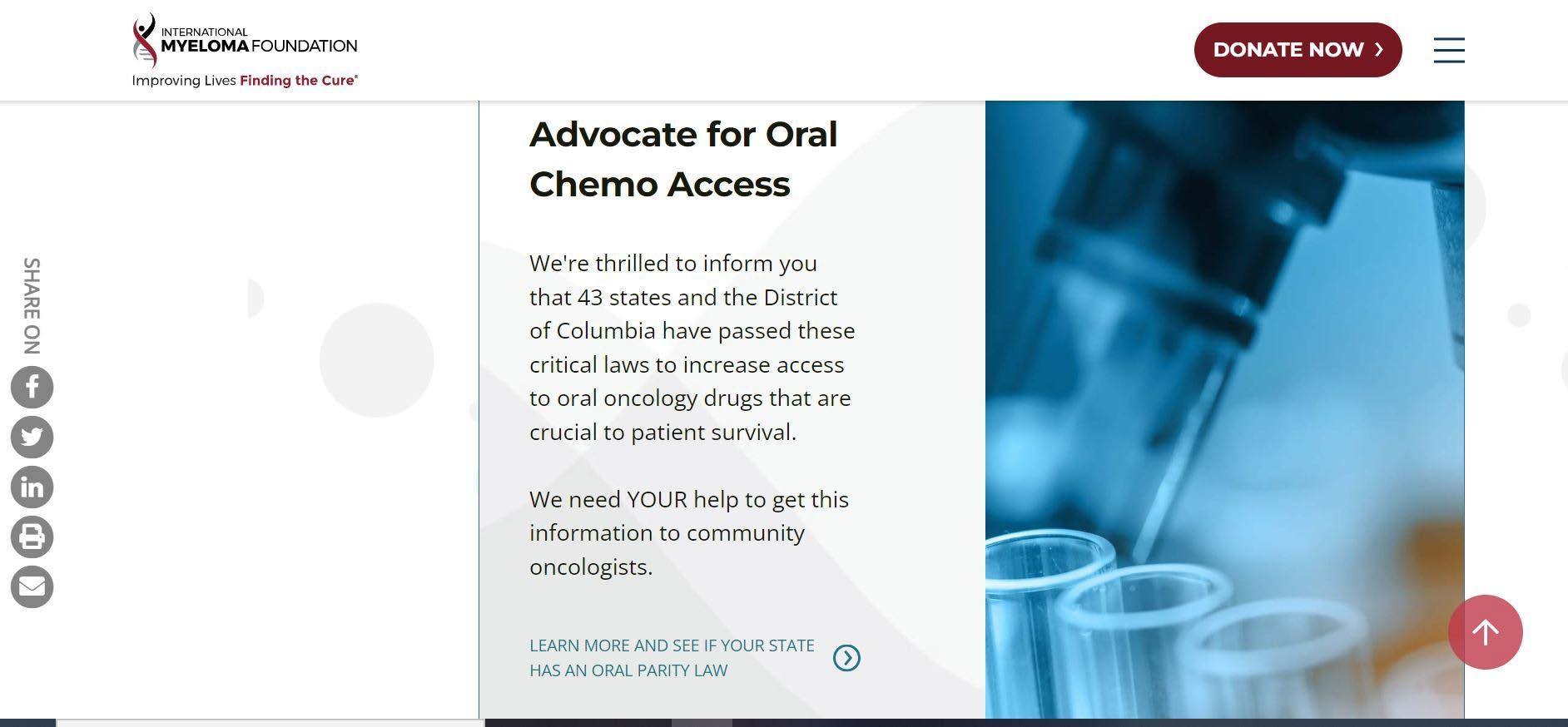


Research
Improving Lives, Finding the Cure: The Fight Against Multiple Myeloma Starts Here
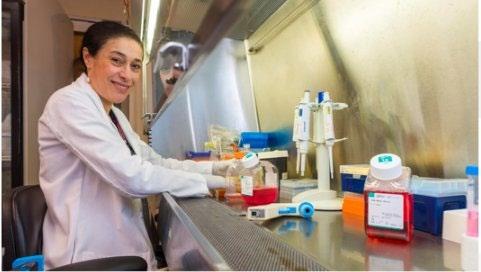


Innovating
Groundbreaking Cure
Cutting Edge
Research
Today, more than 50 projects are occurring to achieve the basic and translational research that is needed to move closer and closer to a cure .
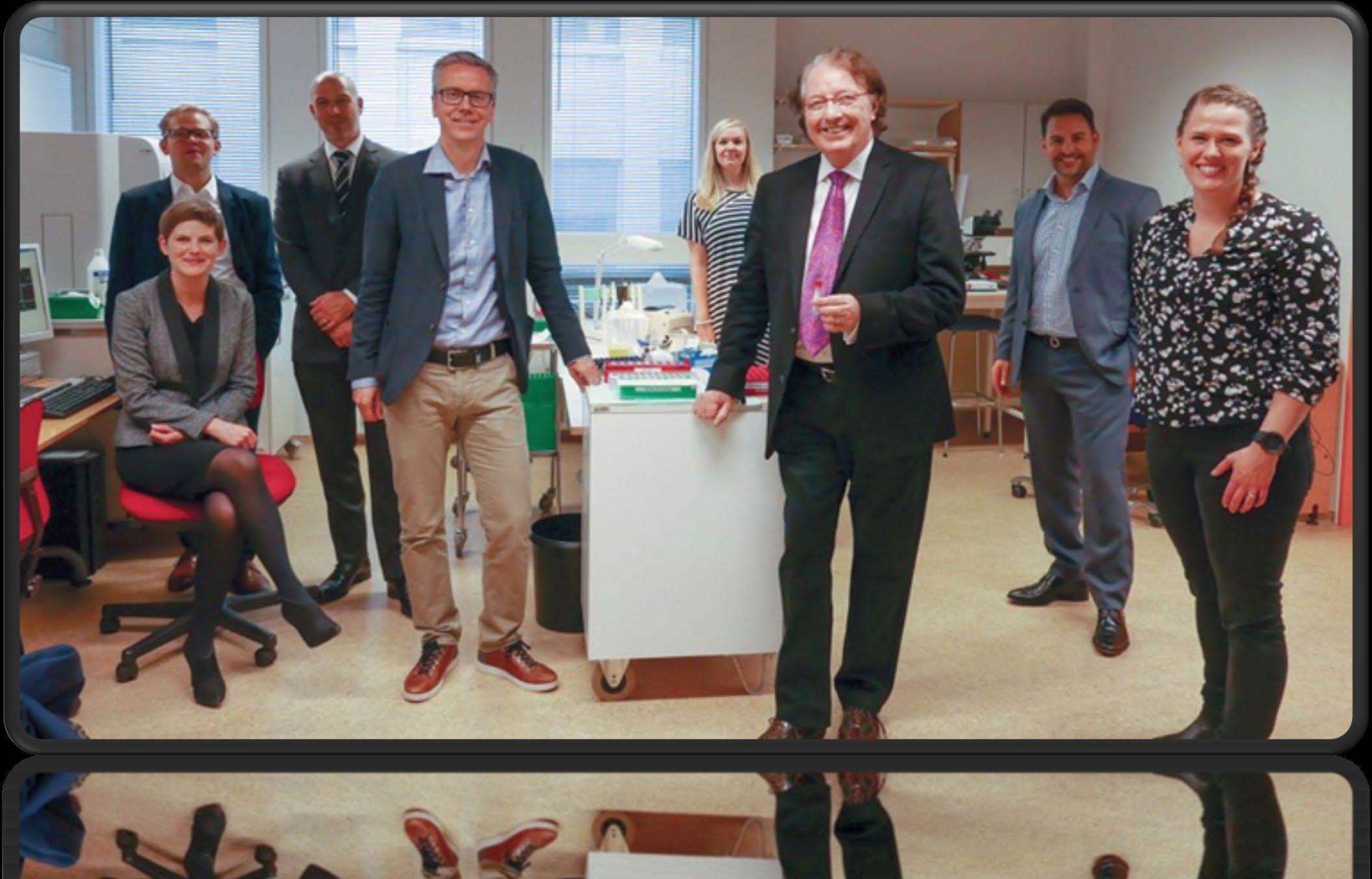


San Fernando Valley Multiple Myeloma Support Group Fundraiser


Each year, the San Fernando Valley Support Group comes together to support the International Myeloma Foundation in its mission to improve the lives of multiple myeloma patients everywhere, while working towards prevention and a cure. With this support, the IMF is able to provide information and education, assist support groups, complete research and advocate for patients everywhere.

How YOU Can Make An Impact.

• One-Time
• Monthly
• Major Gifts
• Planned Giving


• Peer to Peer
• Corporate Giving
• Stock/IRA Donation
• Tributes and Memorials
• Partners in Progress
• Vehicle Donation
5th Annual Inland Empire
In Person/Virtual Walk for Myeloma Miracles
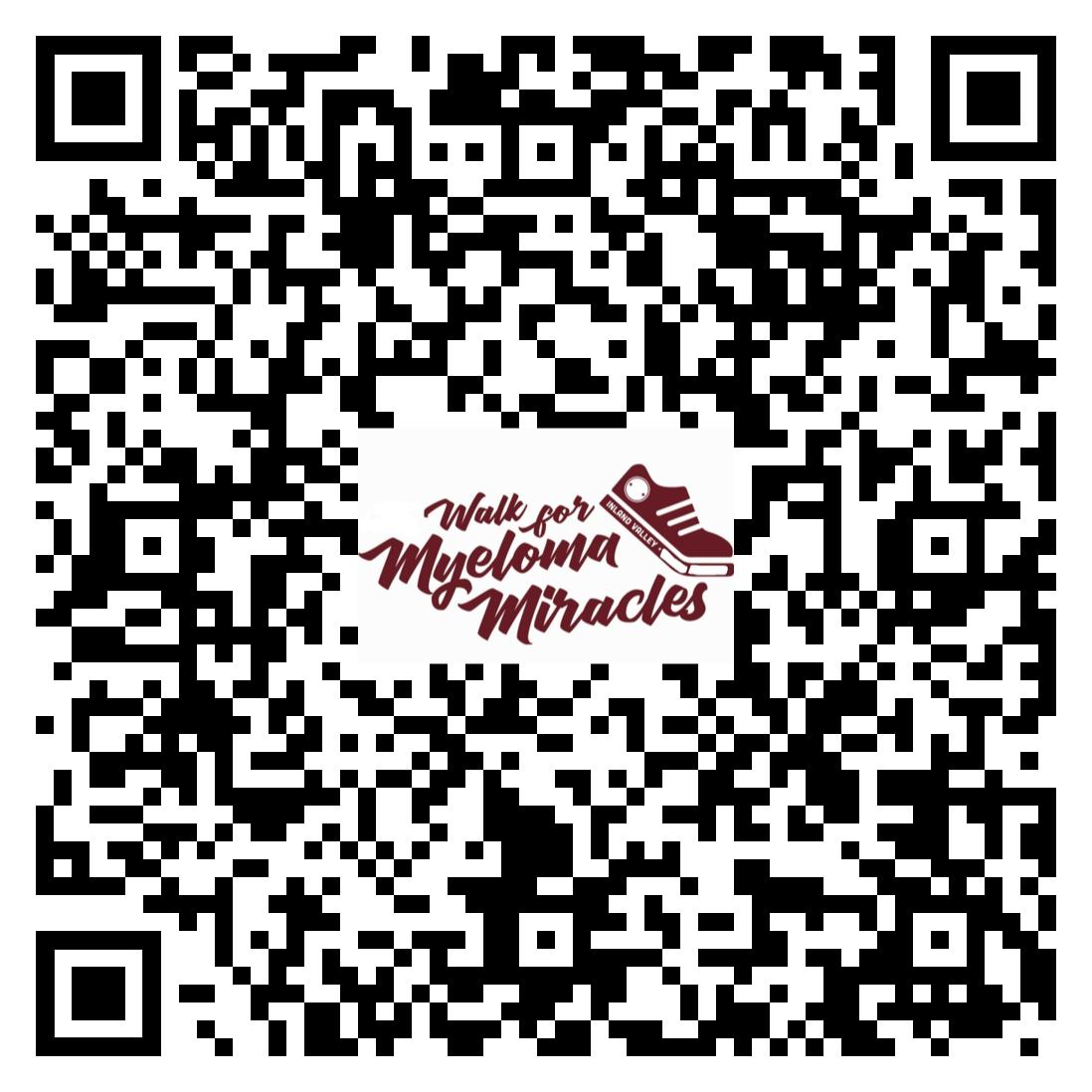
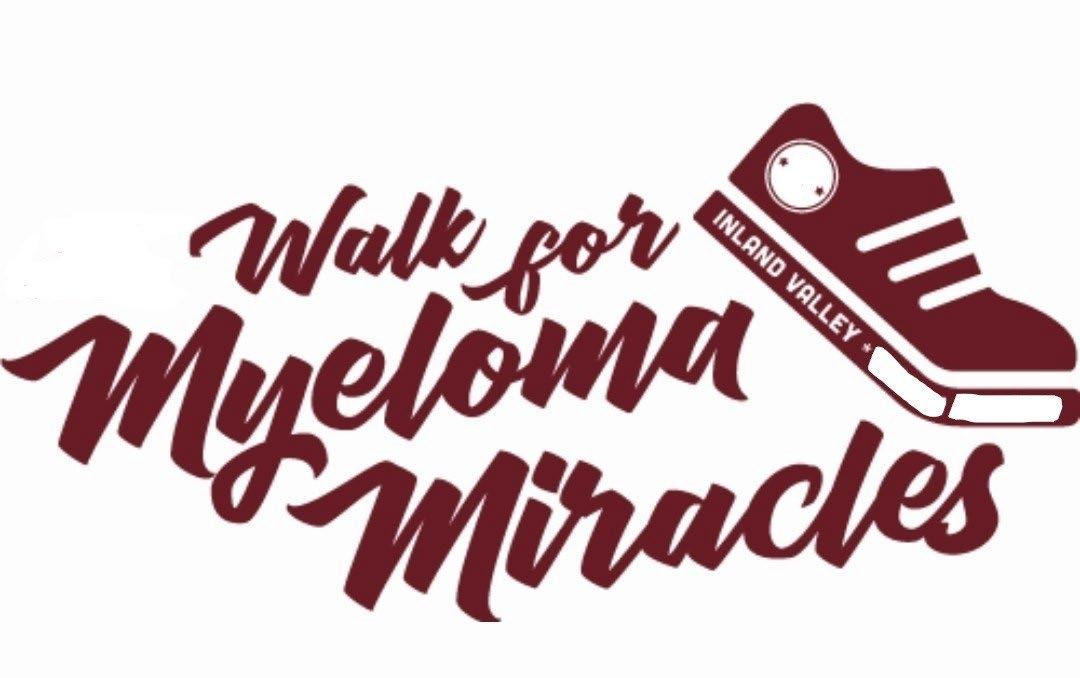
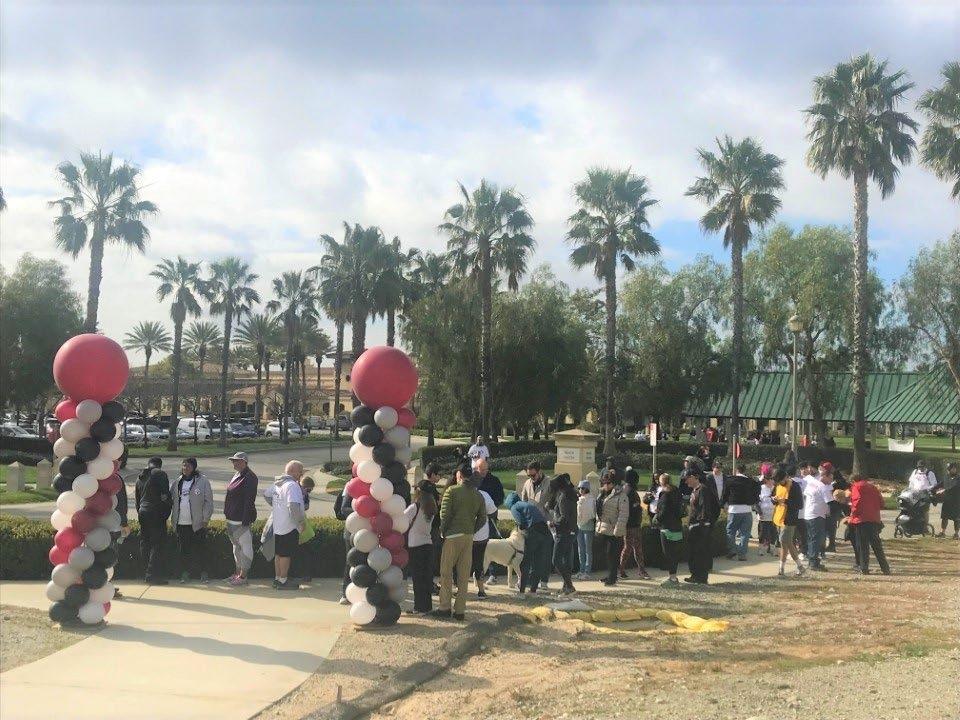

September 23, 2023
Central Park ~ Rancho Cucamonga, CA
Making An Impact
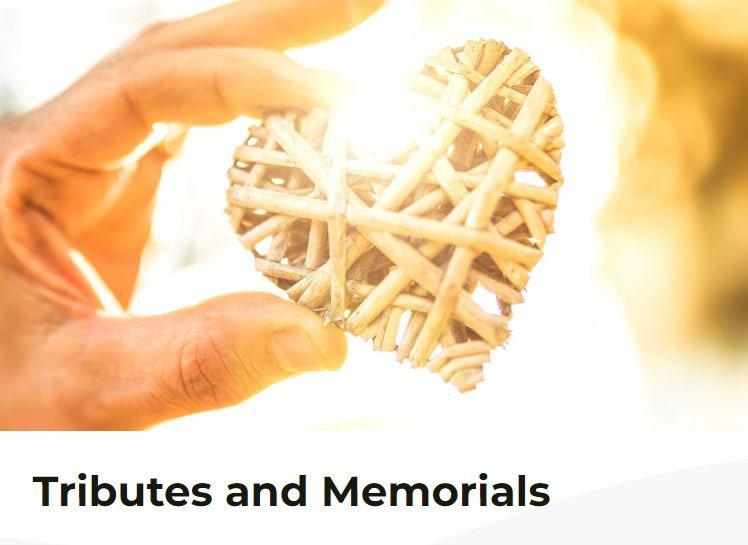




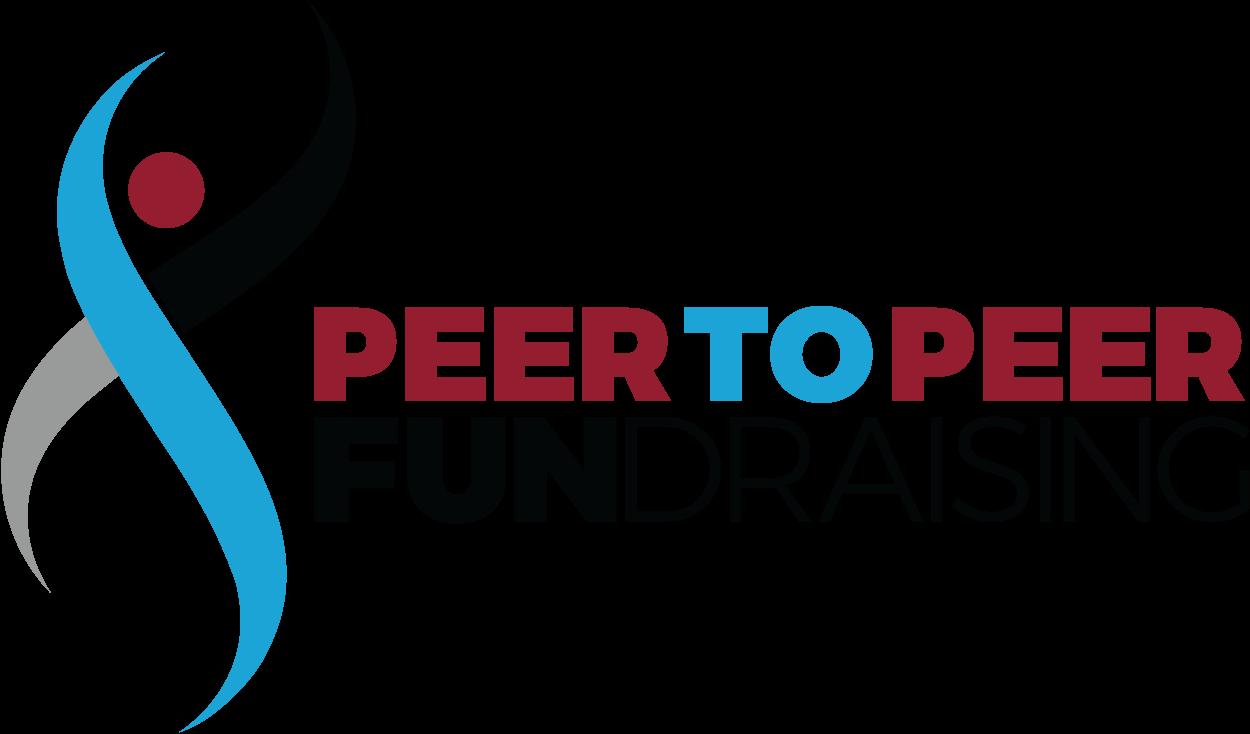

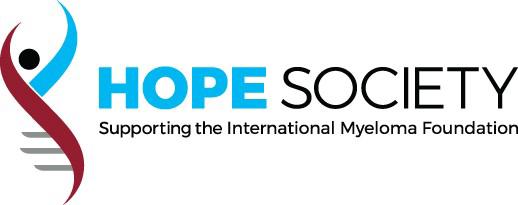


Q&A

Thank you to our Sponsors!














Welcome Reception in Hollywood Ballroom

